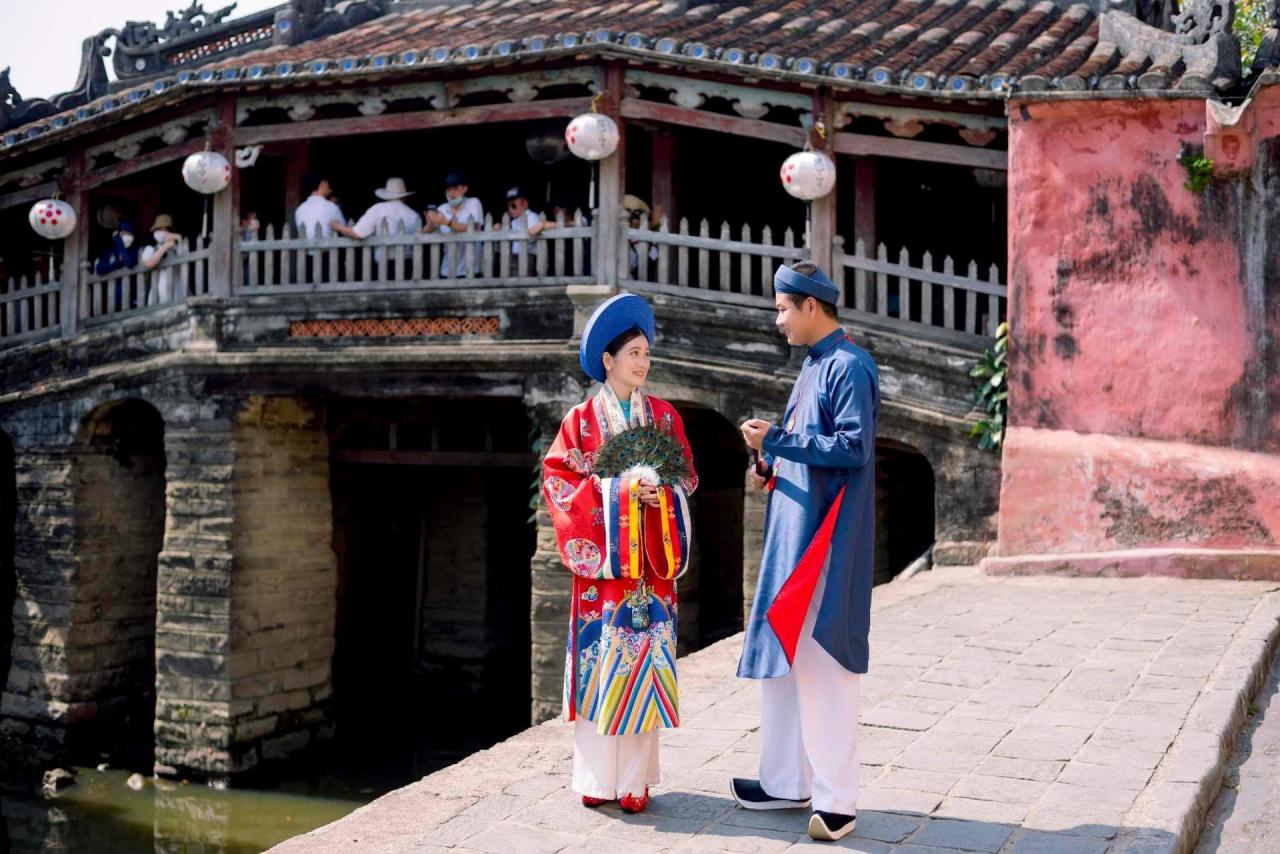
From restoration to trend
Emerging from around 2018, Vietnamese traditional costumes have gradually become popular and increasingly familiar to Vietnamese people. The process of researching and restoring traditional costumes has existed for a long time. However, it was only when receiving support from urban youth that traditional costumes became a trend and developed strongly. Even creating its own potential market.
From brides and grooms wearing traditional costumes at engagements and weddings, following actors, beauty queens, and models appearing on stage, traditional costumes are also included in historical films or following many young people abroad with national pride...
Dozens of groups about traditional costumes have been established on social networks. They exchange and share with each other research on traditional costumes, old documentary images with captions, patterns, sewing methods, reputable traditional costume tailors, and places/concepts (main ideas) to take photos with traditional costumes to make them beautiful and uniquely Vietnamese so as not to be confused with Han or Korean-style costumes.
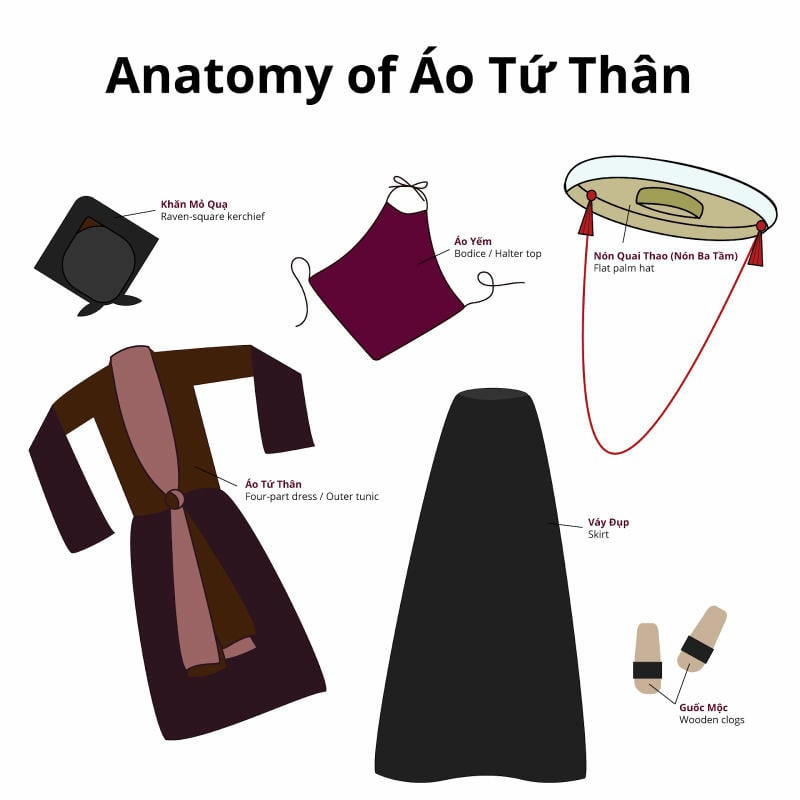
This shows that Vietnamese traditional costumes are not only a trend in quantity but also ensure quality. From the first steps, up to now, some traditional costumes have been restored as close to reality as possible based on ancient documents. At the same time, there are also moderate innovations to suit modern life. Vietnamese traditional costumes have also had the momentum to develop, creating their own mark.
Spread
The vitality of traditional costumes has brought many benefits and values, from preserving culture, arousing national pride... to developing the domestic fashion market.
Not to mention, this trend revives old vocabulary used to refer to costumes, bringing them to the masses in a close and natural way. The understanding of Vietnamese traditional costumes is also gradually approaching each class of people.
From the ao dai - a traditional costume famous for its two flaps, knee-length, with buttons from neck to armpit to the ao tu than - considered a symbol of ancient Kinh Bac women, with two flaps in the front and back, symbolizing the four parents (parents-in-law and parents-in-law).
In the four-panel shirt, the front flap is split into two, and when worn, tied together to symbolize the close relationship between husband and wife, and is also convenient for daily work. Inside, one wears a yếm, below a black skirt, with wooden clogs, a crow-beak scarf on the head, and a conical hat with quai thao.
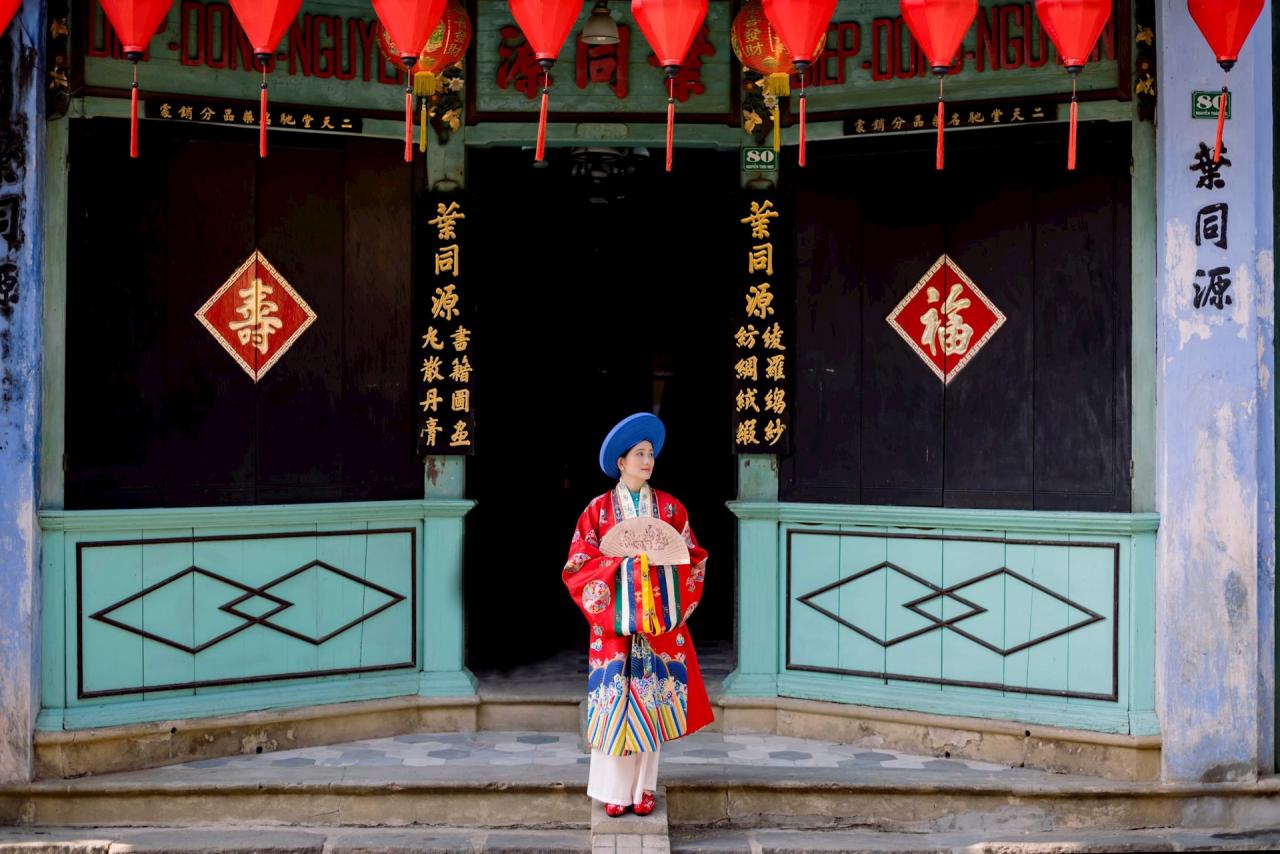
In the five-panel dress, which is said to have appeared in the 17th or 18th century under the Nguyen Lords and became more popular from the Minh Mang Dynasty onwards, the five-panel dress is currently the most popular, restored and worn.
Similar to the four-panel dress, the five-panel dress has an additional flap inside, symbolizing the body, making it the five bodies. The five buttons symbolize the five constants: humanity, courtesy, righteousness, wisdom, and trust, or the five relationships: king - subject, father - son, husband - wife, elder brother - younger brother, and friend.
The flap of the five-panel shirt is wide, and the further down it goes, the more it flares out. In addition, the five-panel shirt for men has a standing collar (lap linh), square and high, symbolizing the integrity of a gentleman. The collar of women's shirts is lower and the flap is longer. The five-panel shirt is for all wearers, the difference in status lies in the material, pattern and accompanying accessories such as gold plaques, gold plaques, etc.
In the "Vietnamese traditional costumes" village, people often talk about Y Van Hien - a group of people who recreate Vietnamese traditional costumes with many cultural events.
Connecting many artisans from craft villages to create products such as shoes, fans, and folding pillows, Y Van Hien has worked with artisans from craft villages La Khe, Van Phuc, Ma Chau, Lanh My A, etc. to successfully restore and recreate many different ancient costumes. From costumes of the Tran Dynasty, Nguyen Dynasty, or traditional costumes of the regions, they have begun to have a contemporary life.
Source


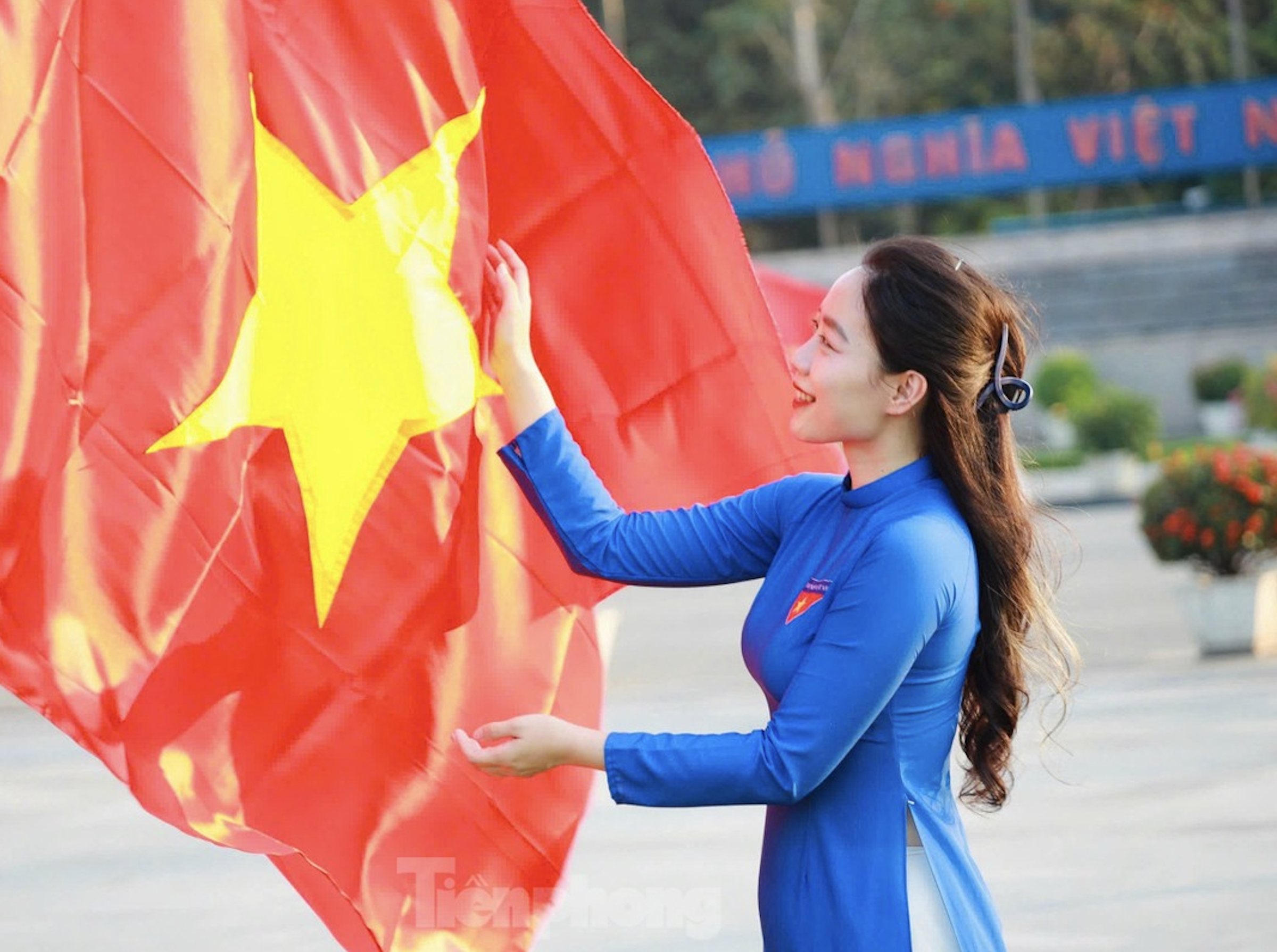
![[Photo] A long line of young people in front of Nhan Dan Newspaper, recalling memories of the day the country was reunified](https://vstatic.vietnam.vn/vietnam/resource/IMAGE/2025/4/28/4709cea2becb4f13aaa0b2abb476bcea)
![[Photo] Prime Minister Pham Minh Chinh receives Cambodian Minister of Commerce](https://vstatic.vietnam.vn/vietnam/resource/IMAGE/2025/4/28/be7f31fb29aa453d906df179a51c14f7)
![[Photo] Special supplement of Nhan Dan Newspaper spreads to readers nationwide](https://vstatic.vietnam.vn/vietnam/resource/IMAGE/2025/4/28/0d87e85f00bc48c1b2172e568c679017)
![[Photo] Signing ceremony of cooperation and document exchange between Vietnam and Japan](https://vstatic.vietnam.vn/vietnam/resource/IMAGE/2025/4/28/e069929395524fa081768b99bac43467)
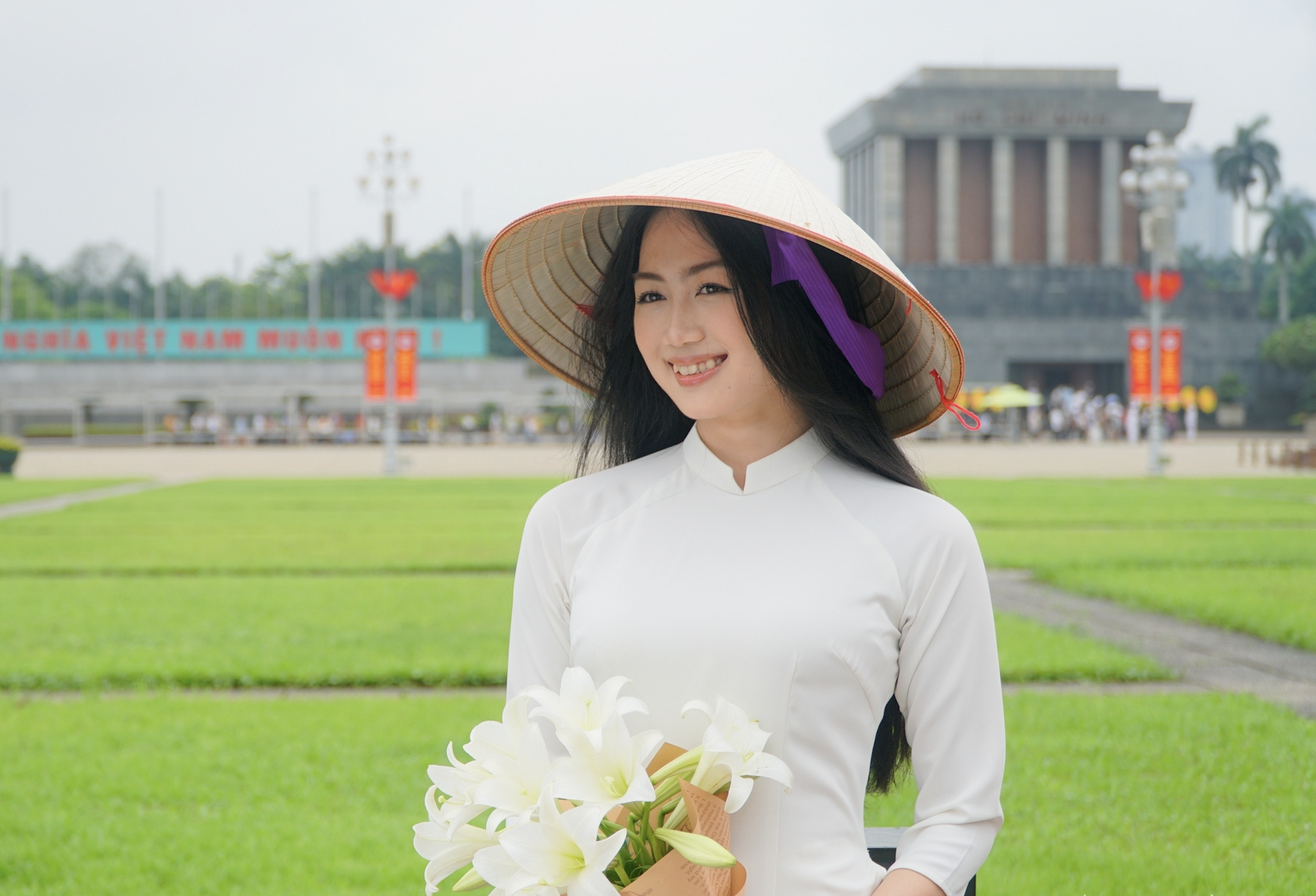
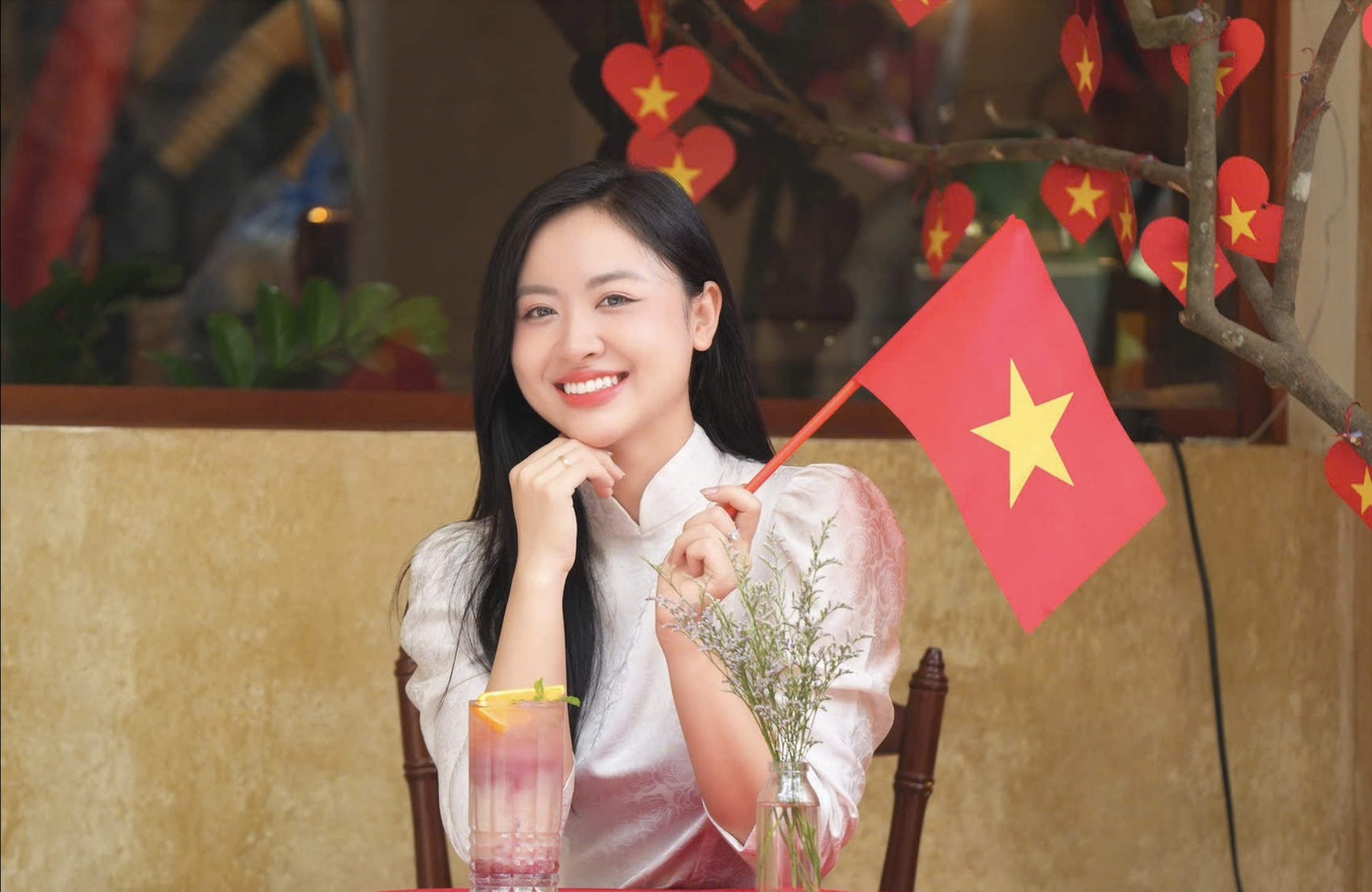

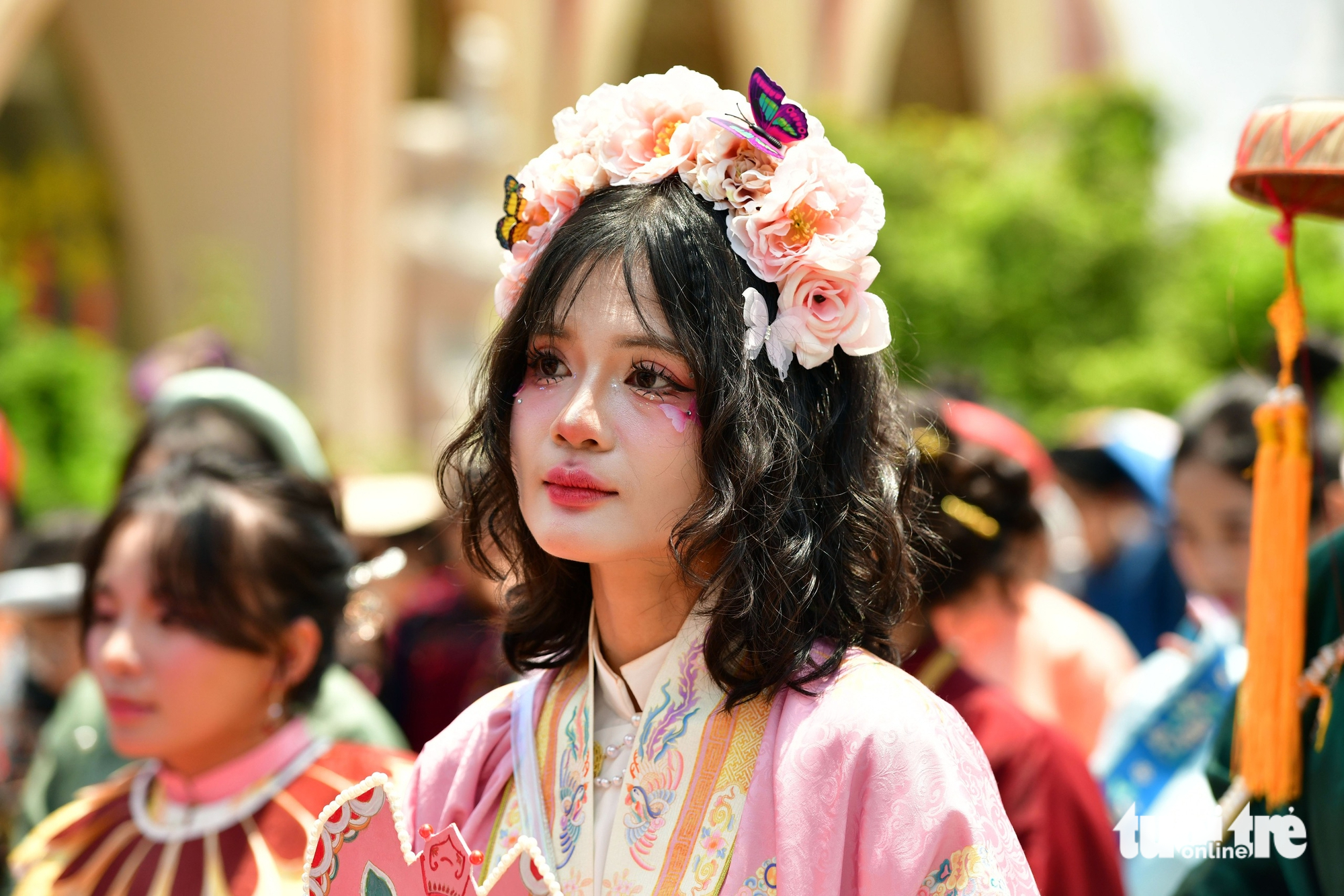

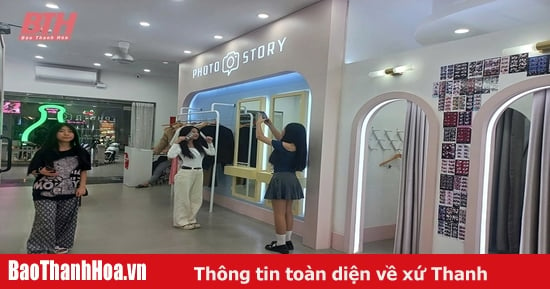
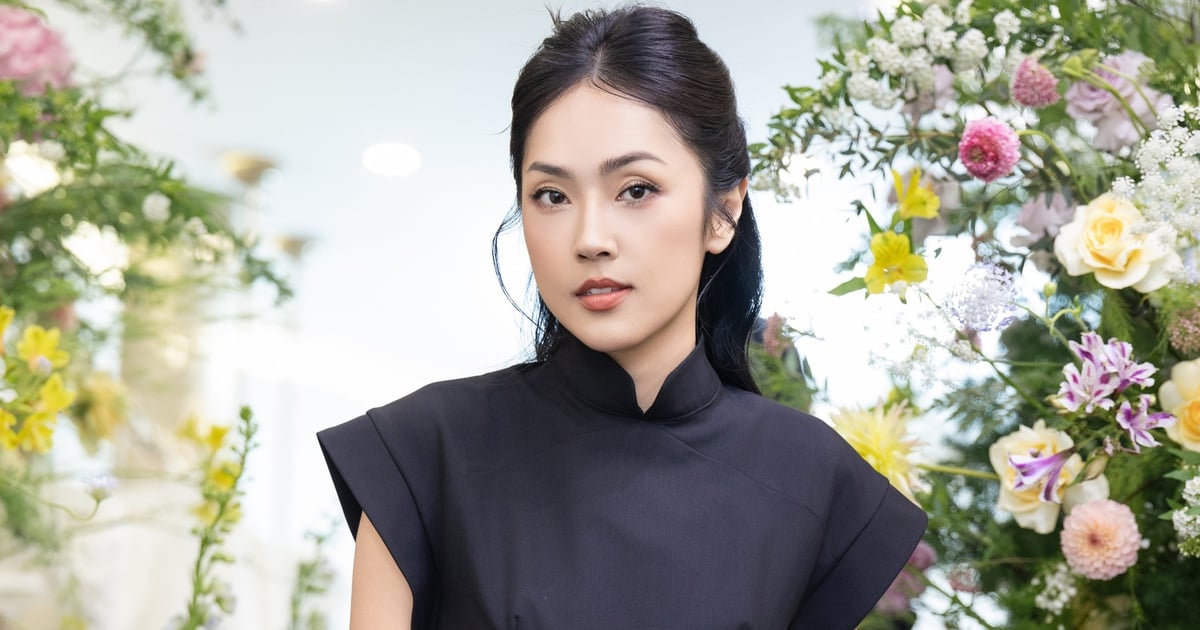

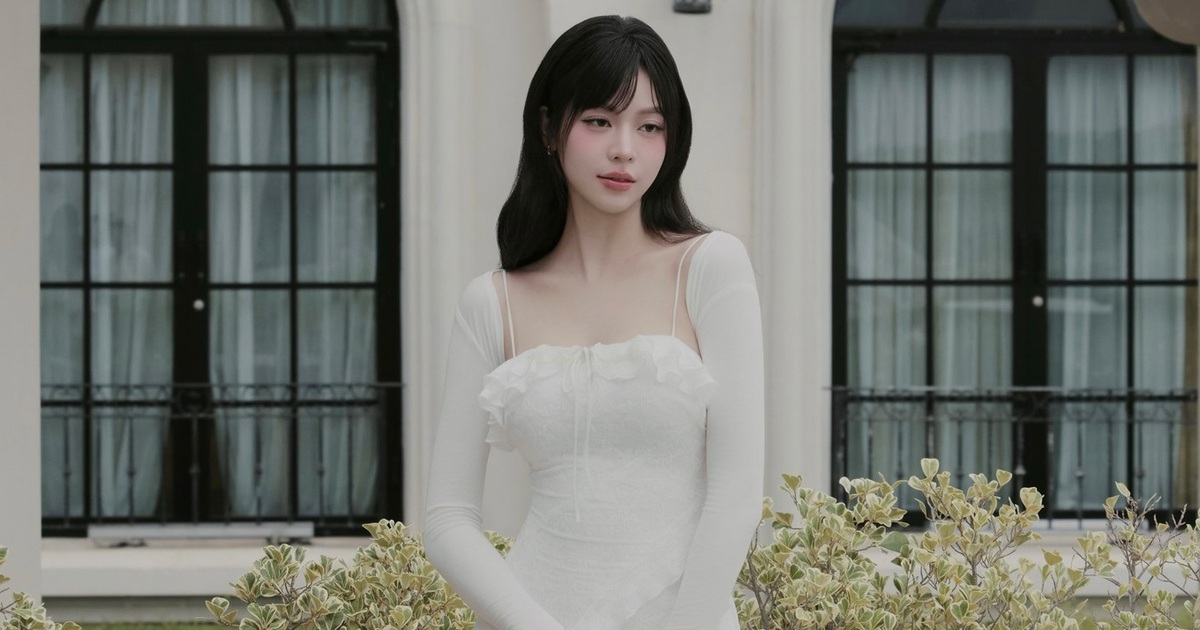
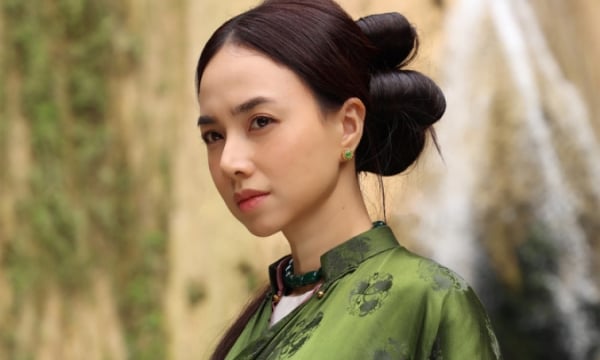
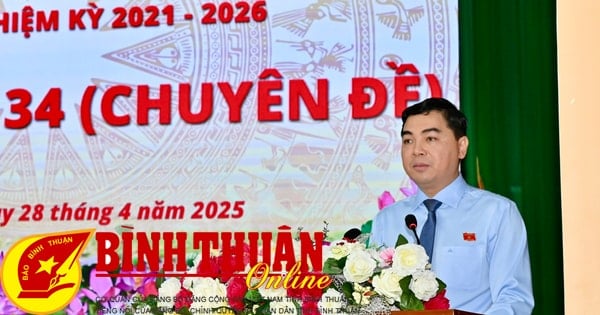
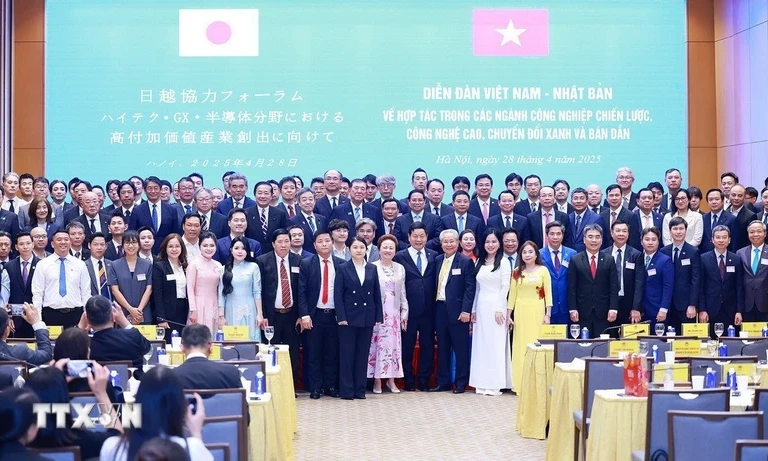
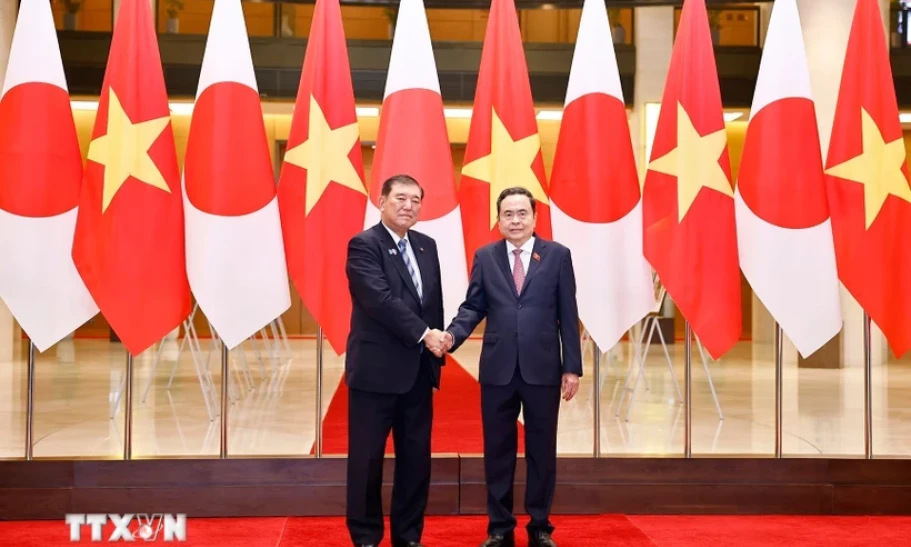
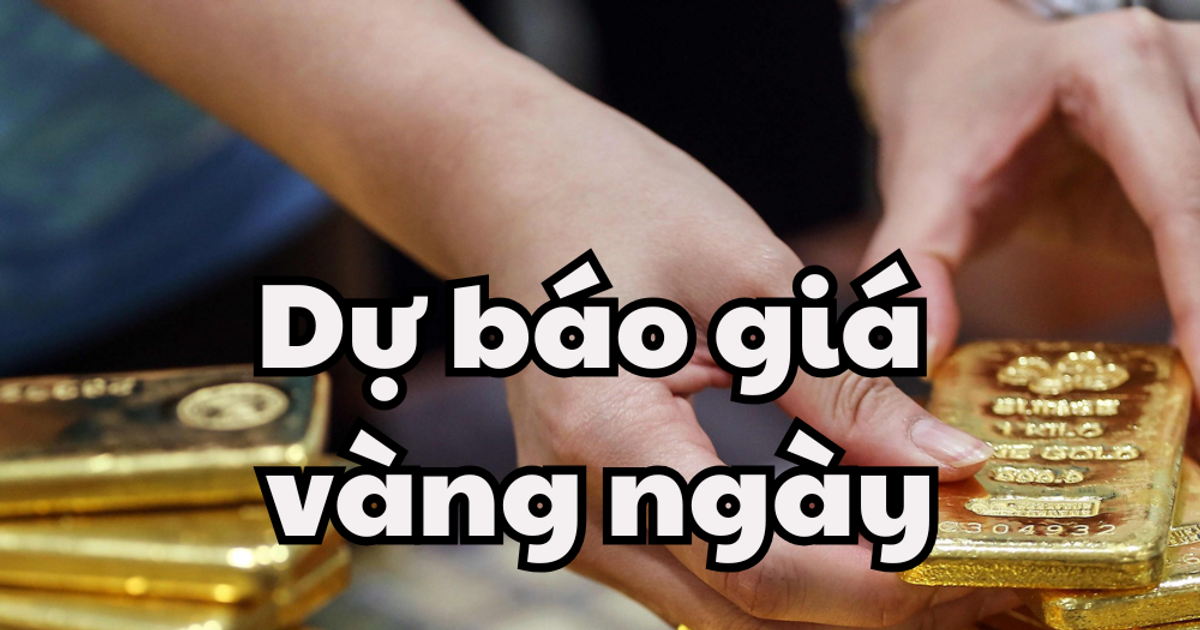
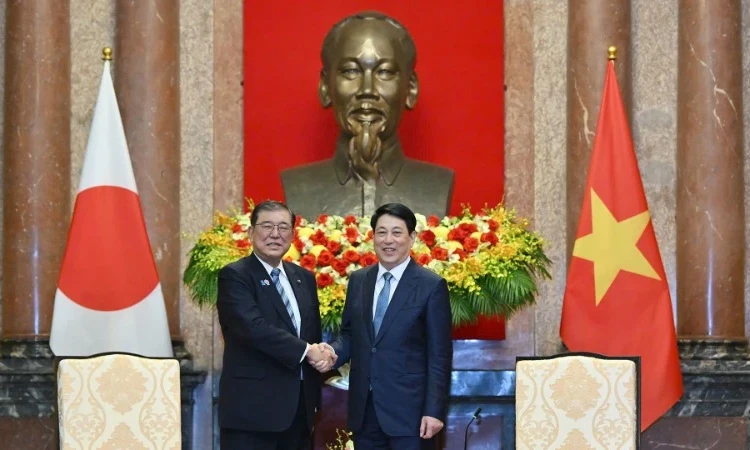
![[Infographic] 45 communes and wards of Dong Thap province after rearrangement](https://vstatic.vietnam.vn/vietnam/resource/IMAGE/2025/4/29/8553108109fa44b3b0493f9a2cf2bde8)
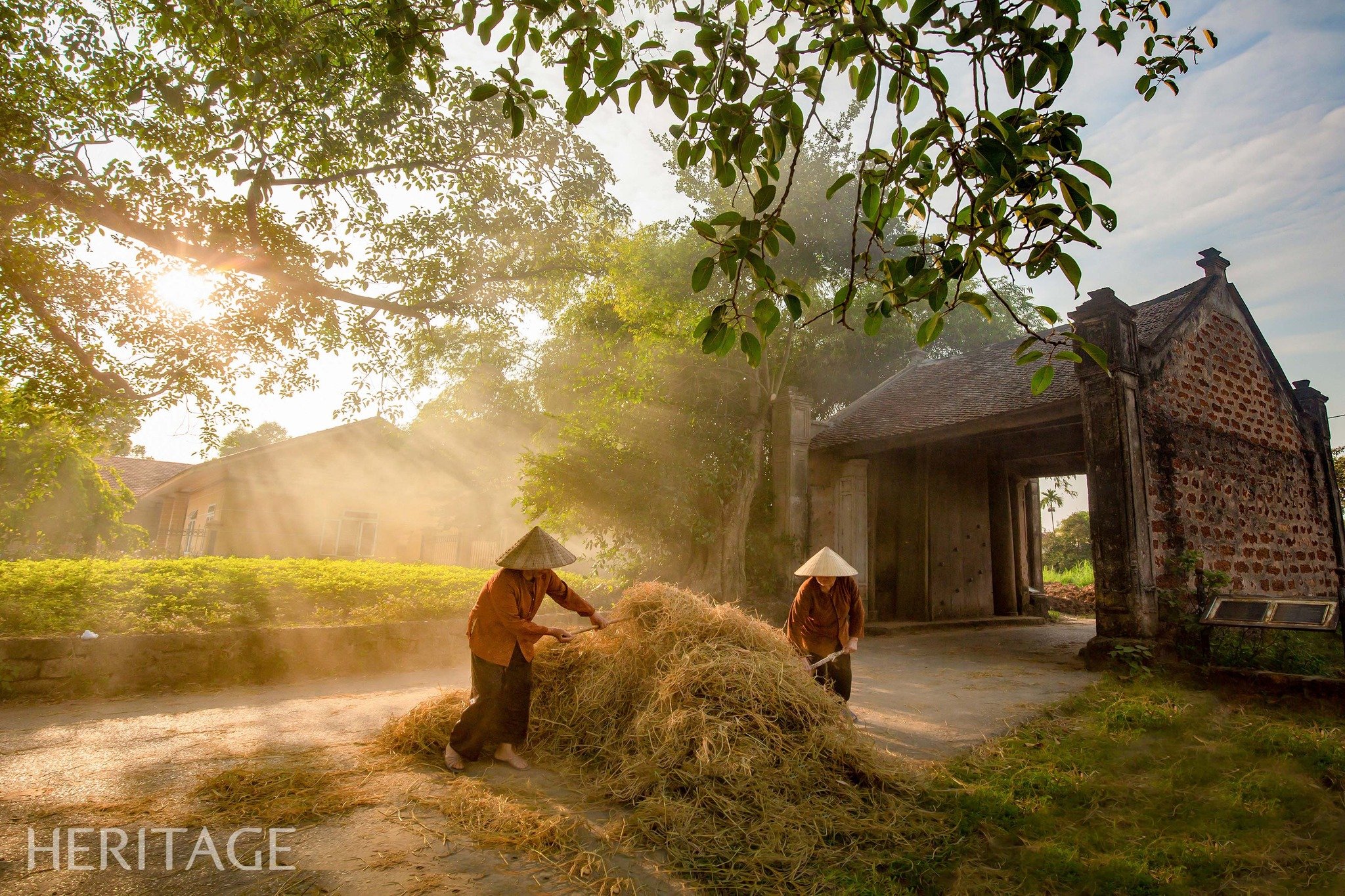
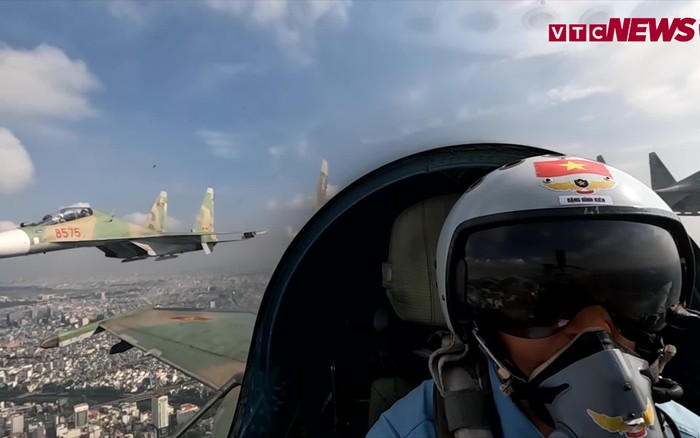
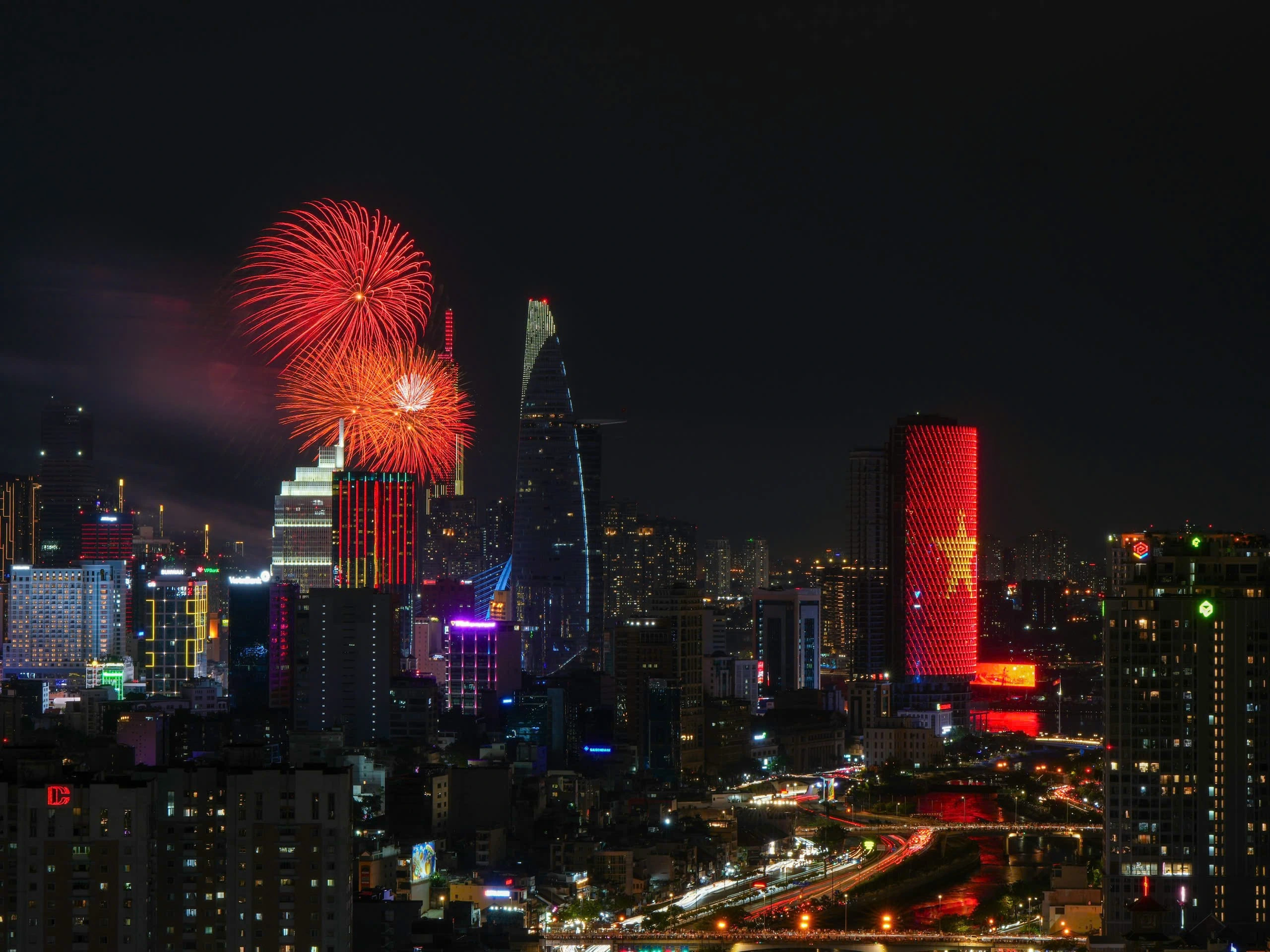
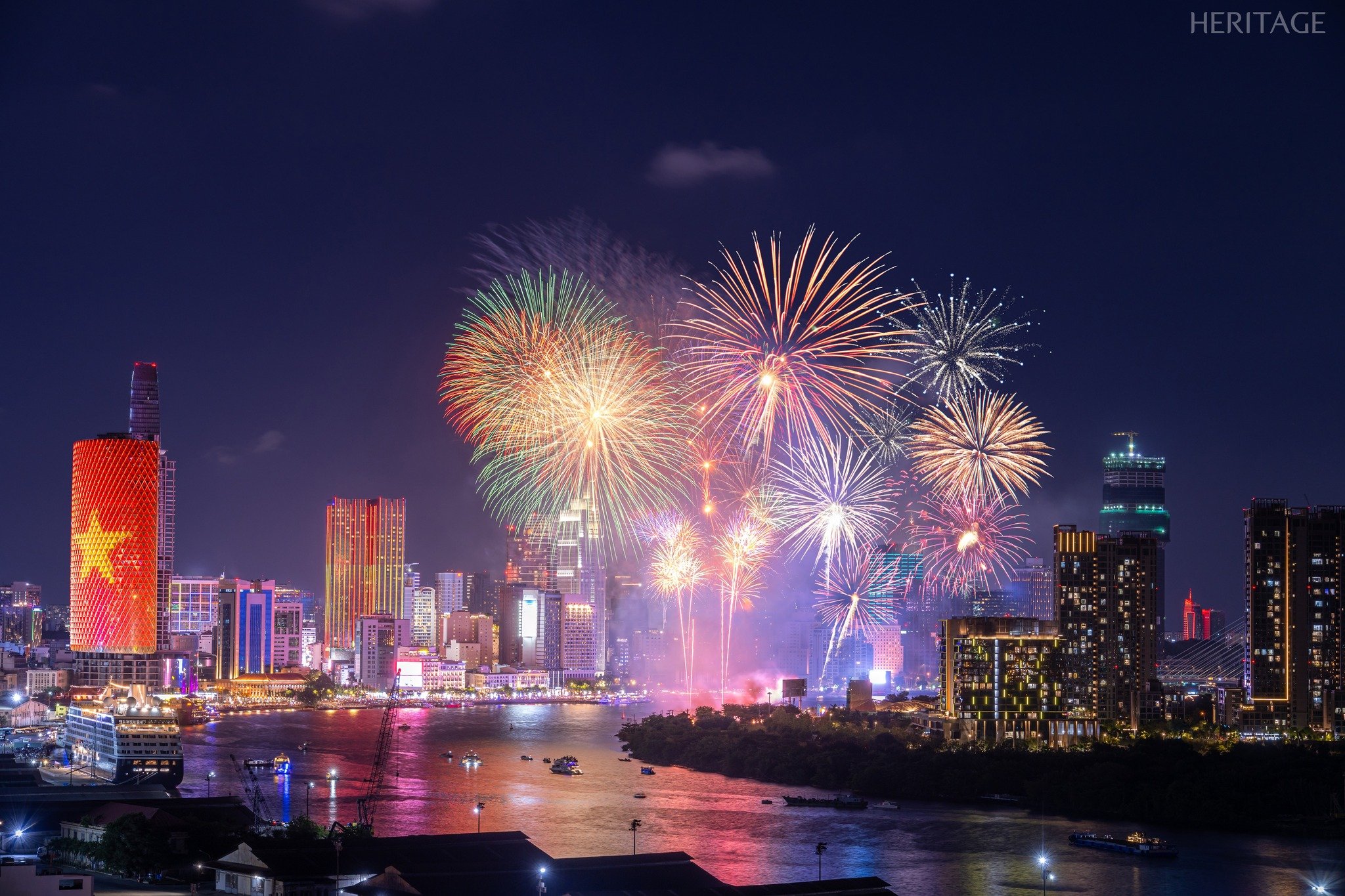
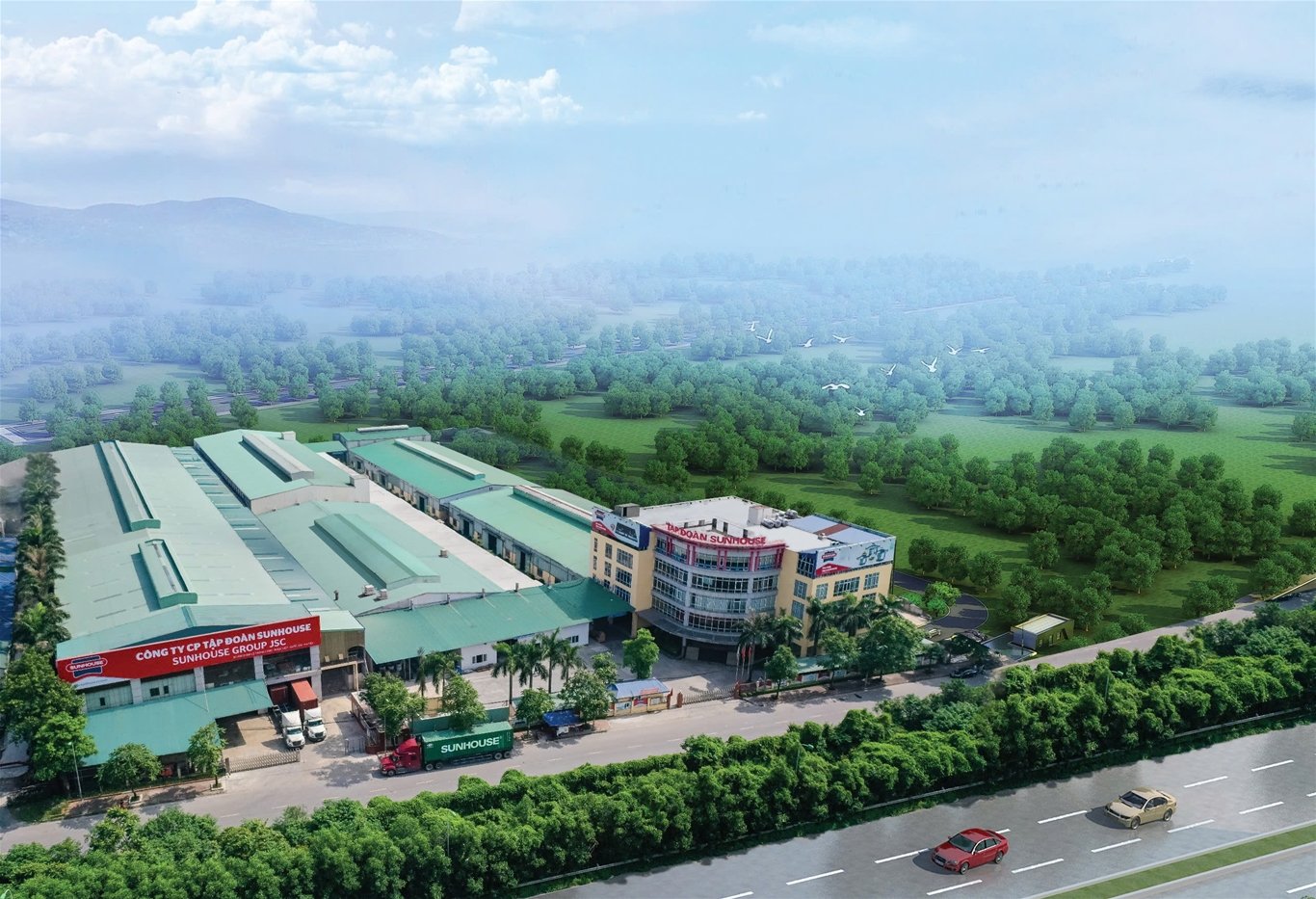
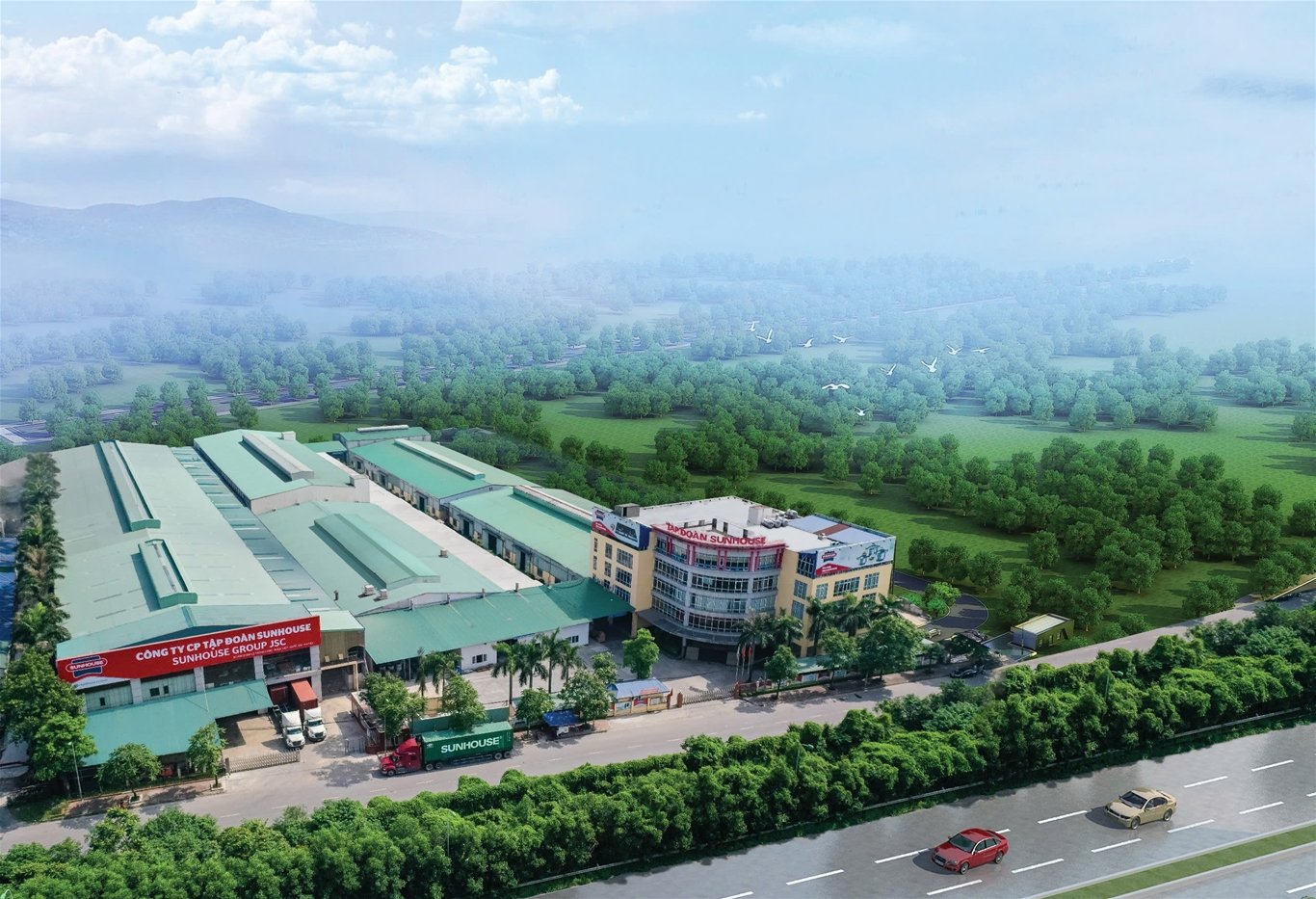
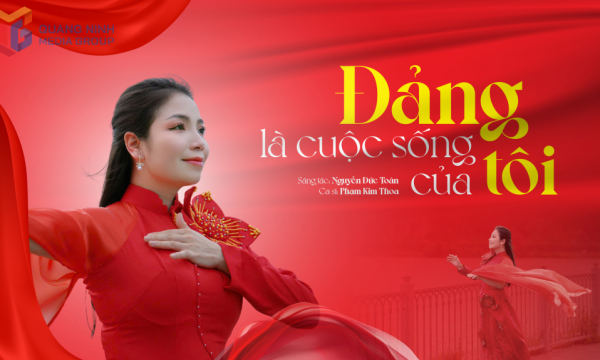
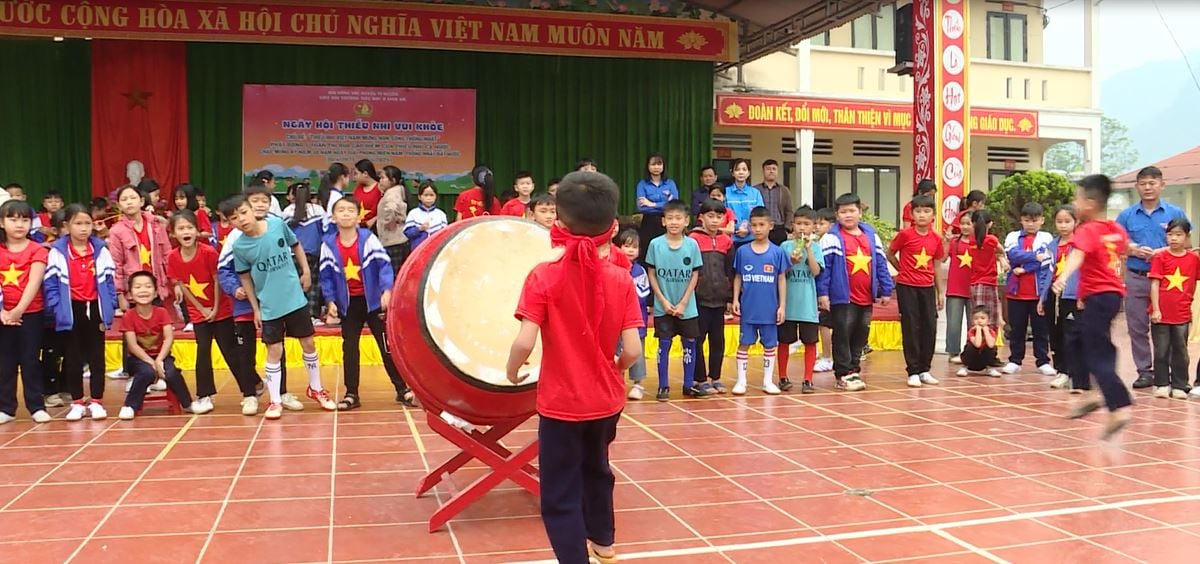
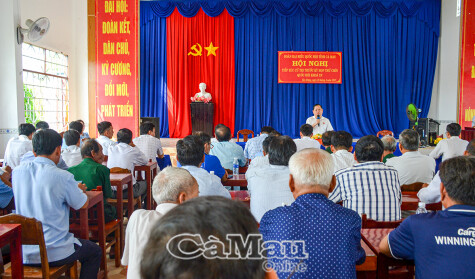
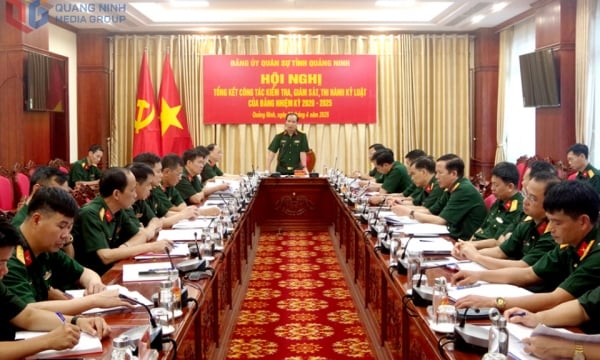
![[Photo] People lined up in the rain, eagerly receiving the special supplement of Nhan Dan Newspaper](https://vstatic.vietnam.vn/vietnam/resource/IMAGE/2025/4/28/ce2015509f6c468d9d38a86096987f23)
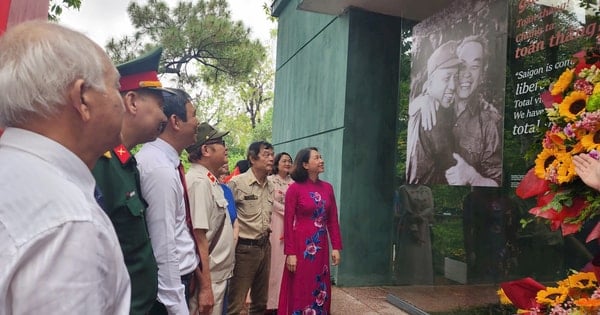

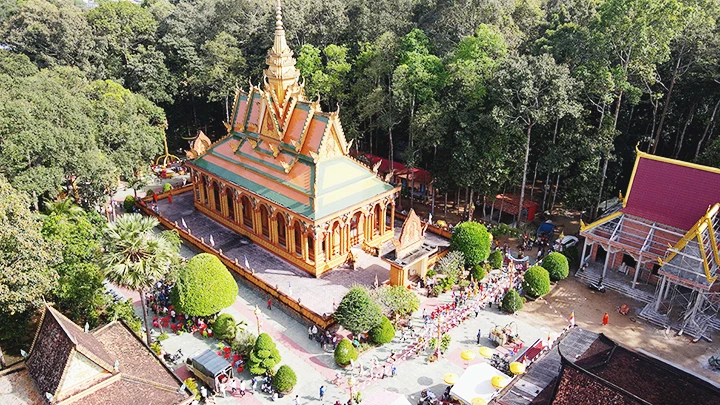

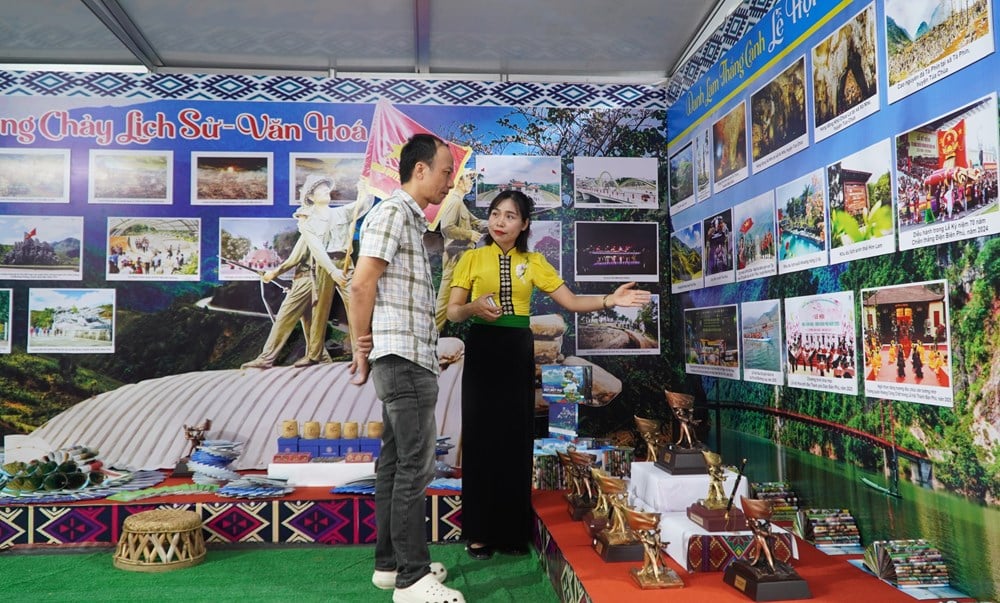

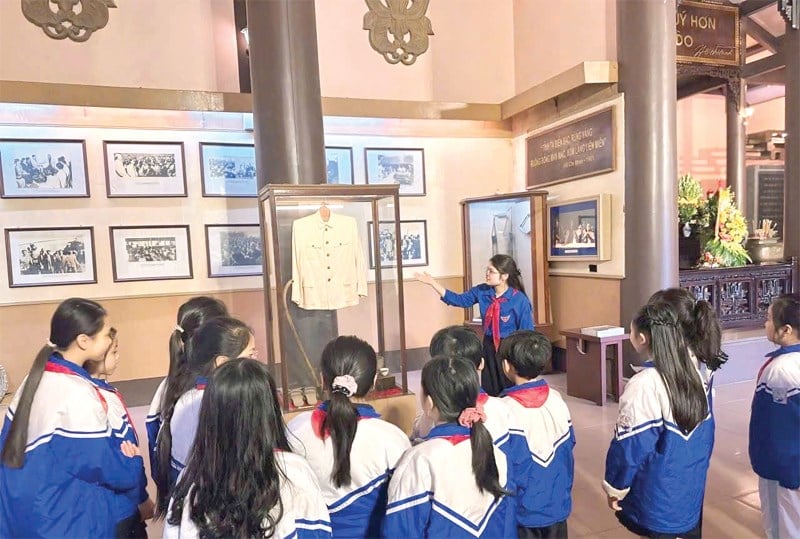
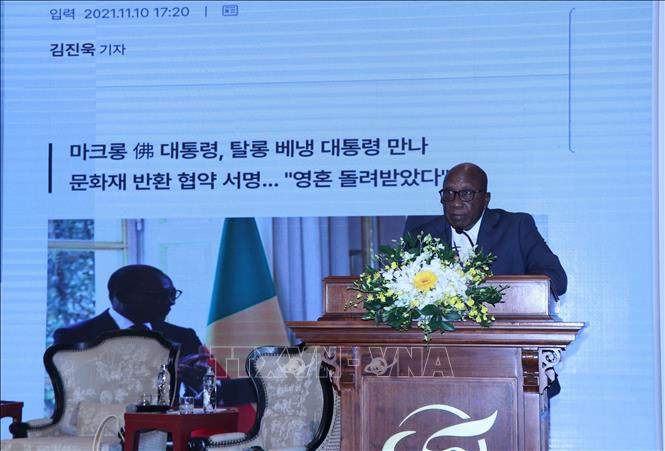

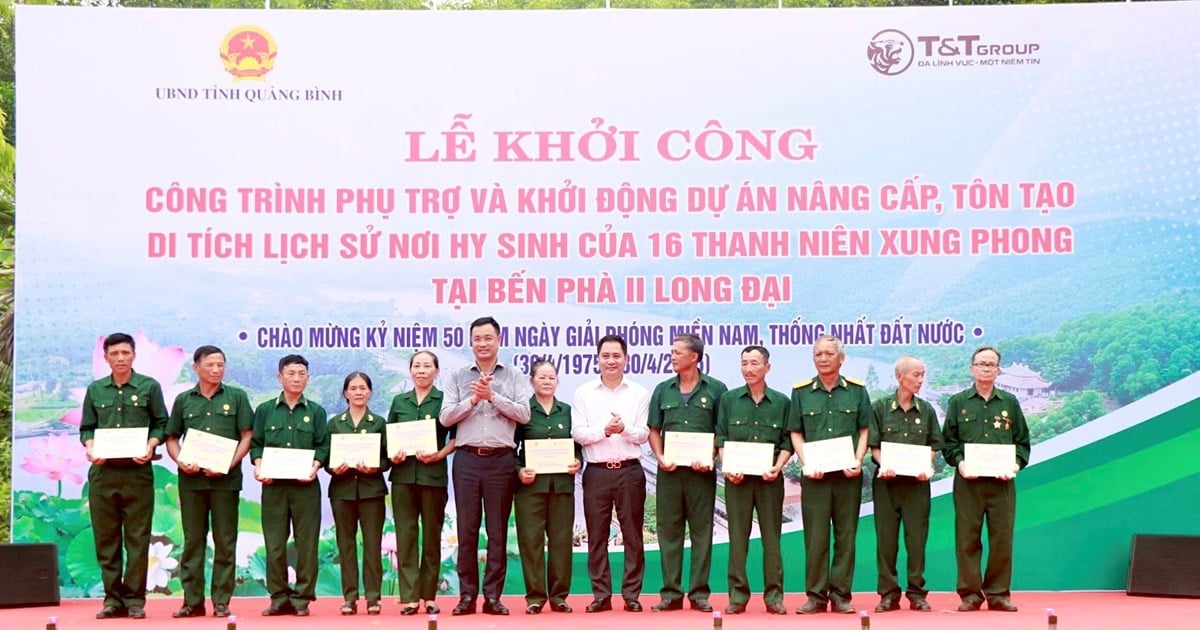
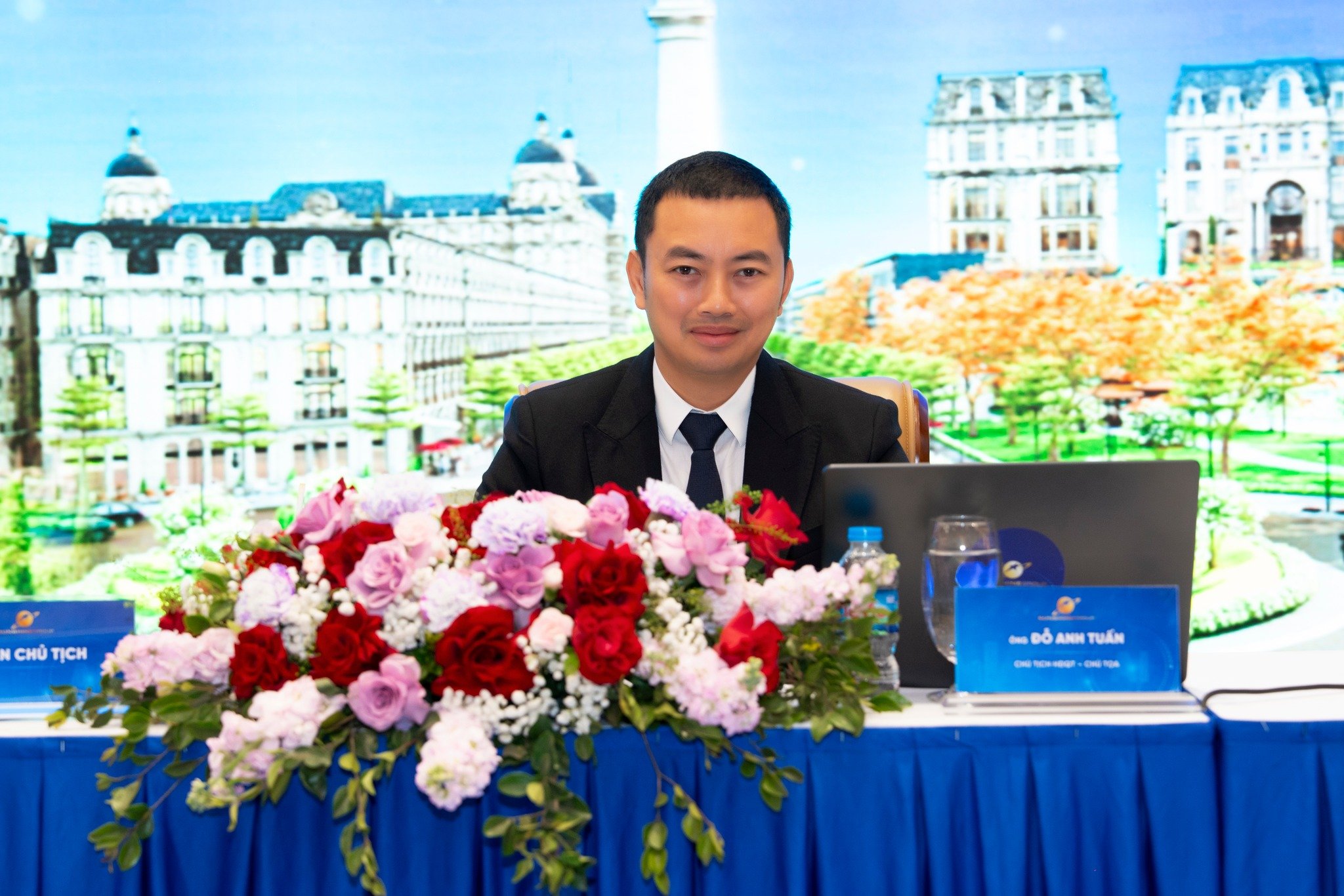

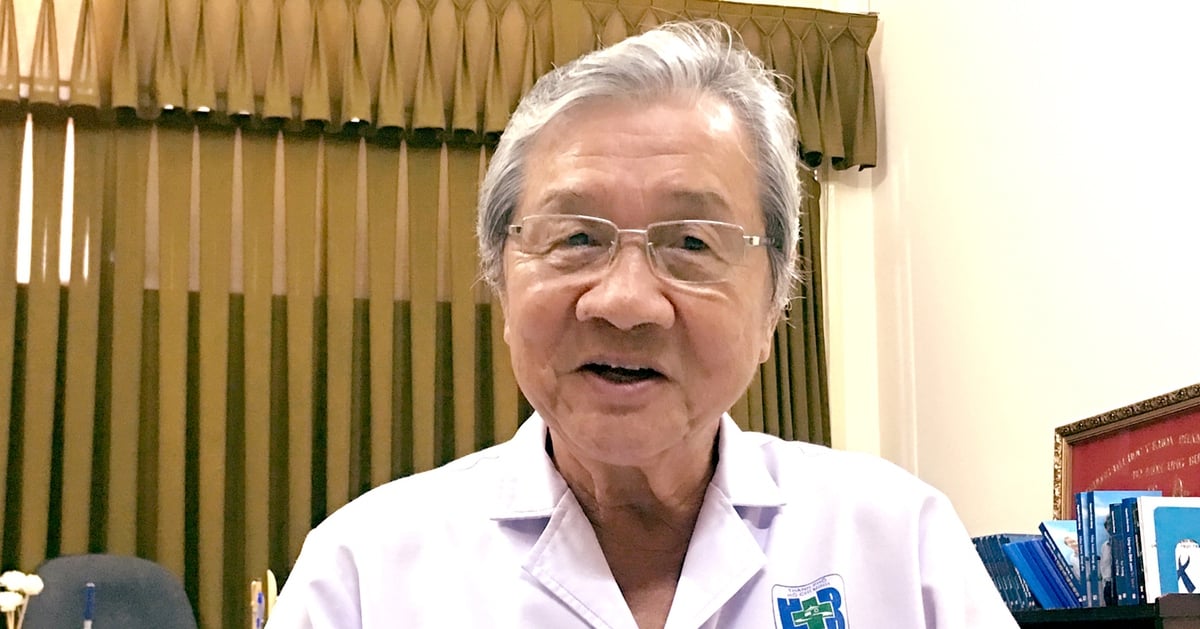
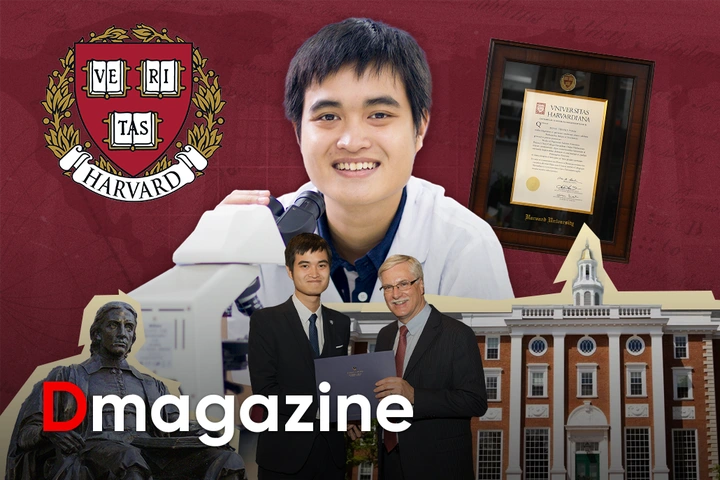

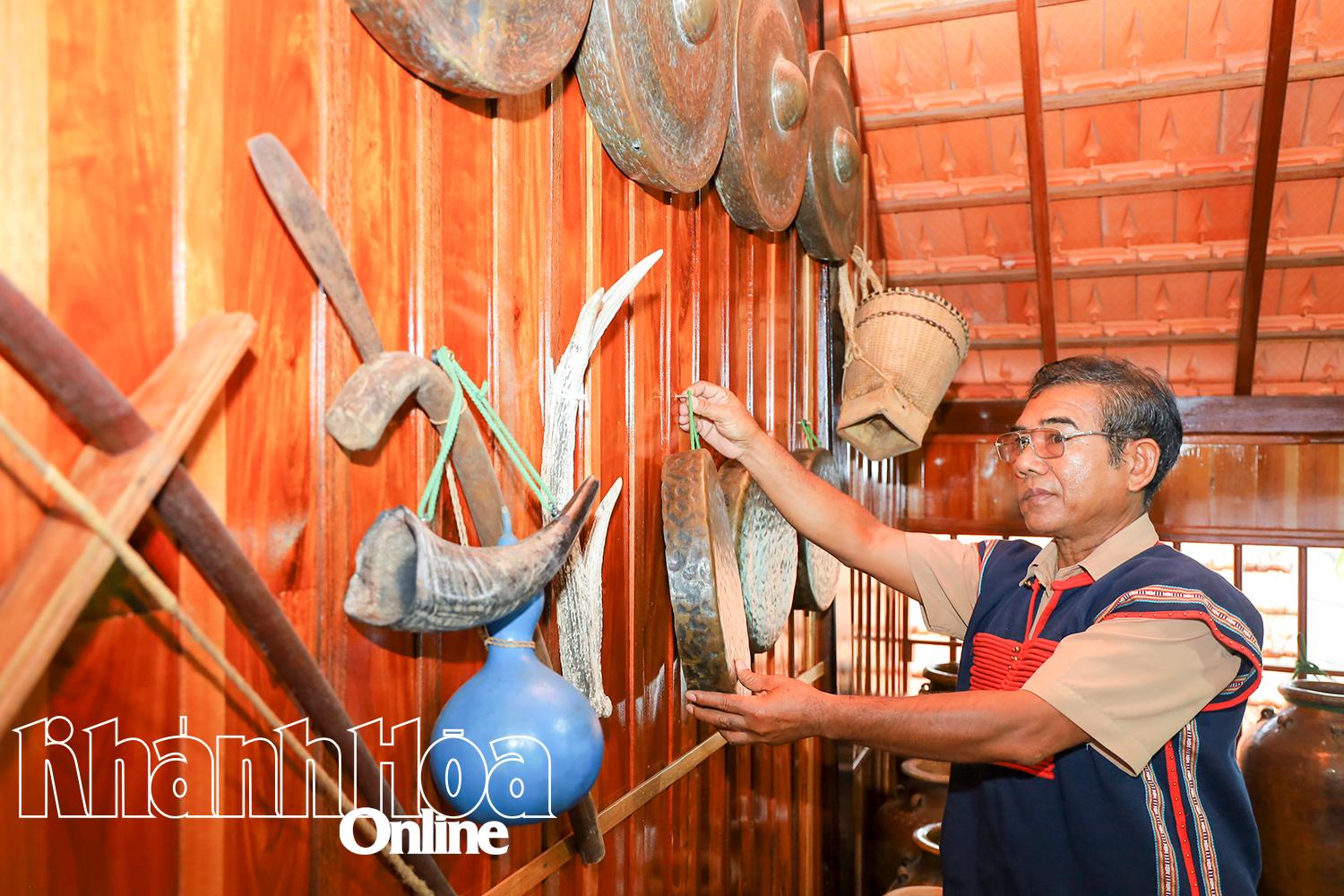

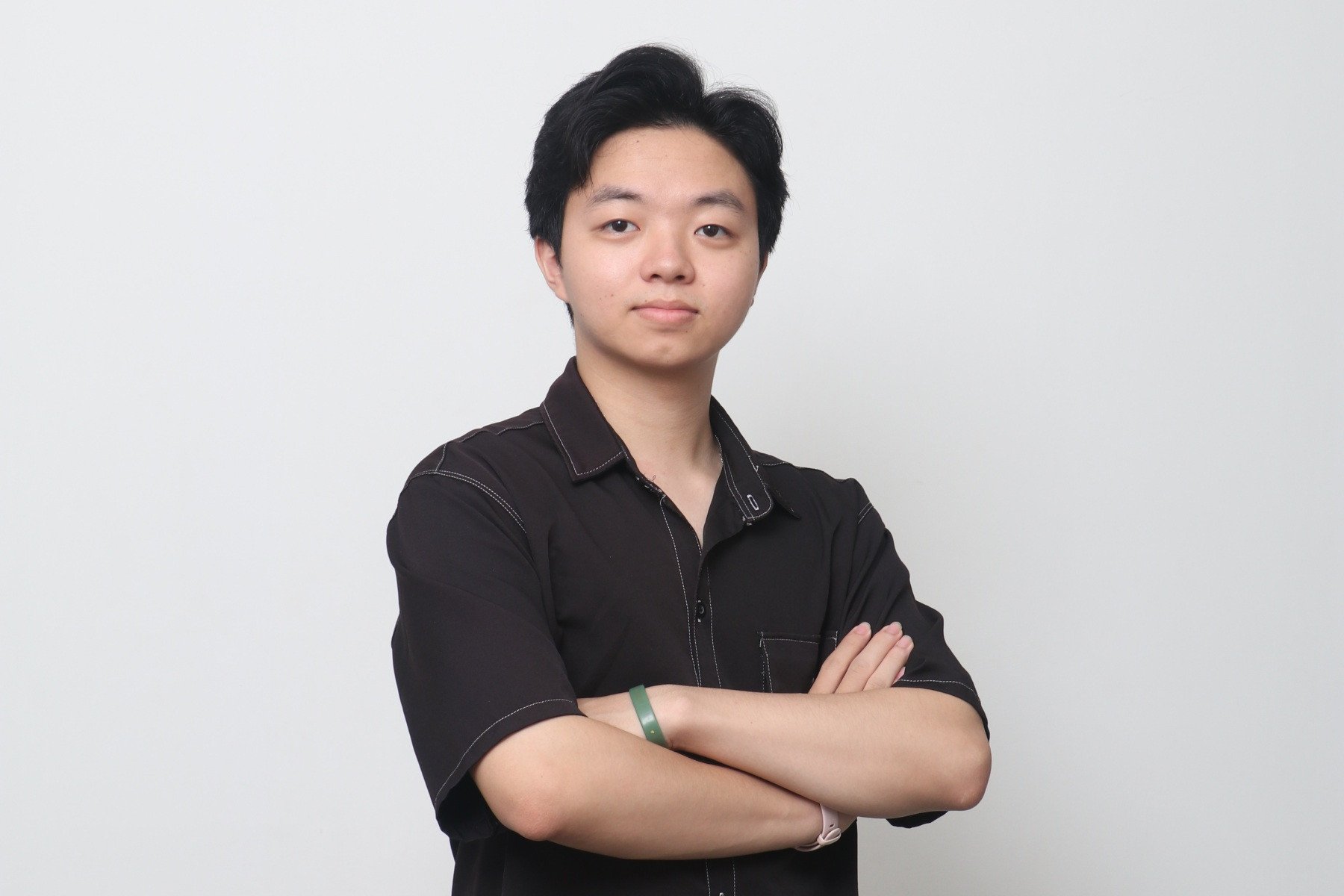

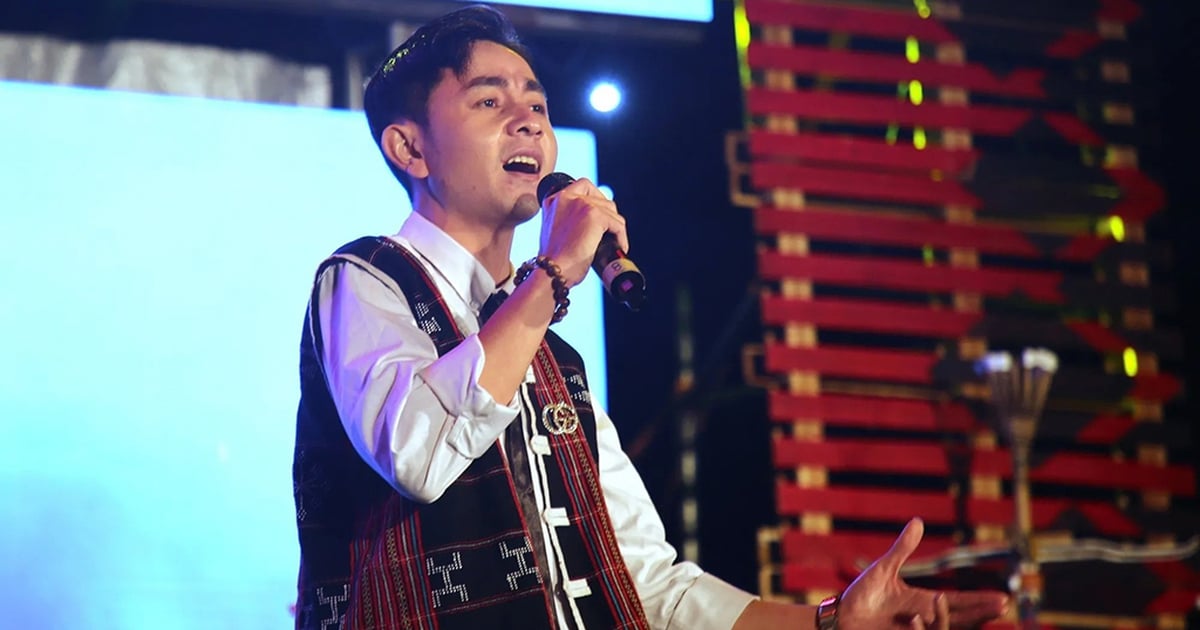
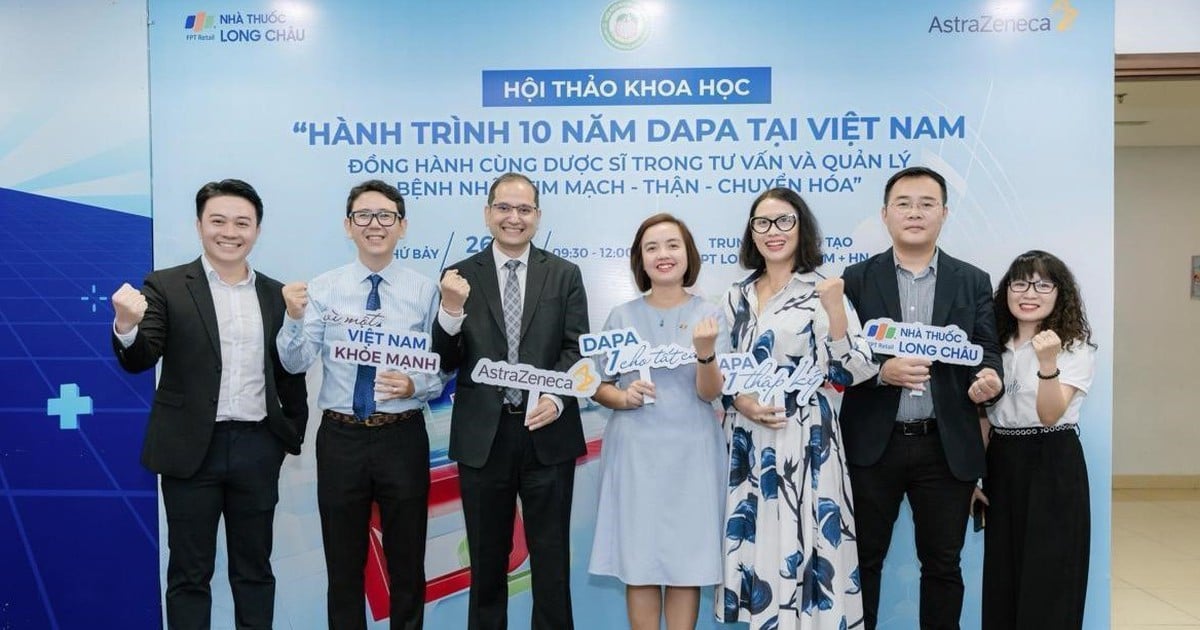
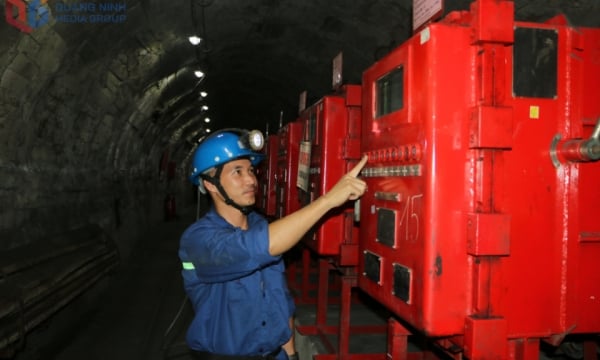

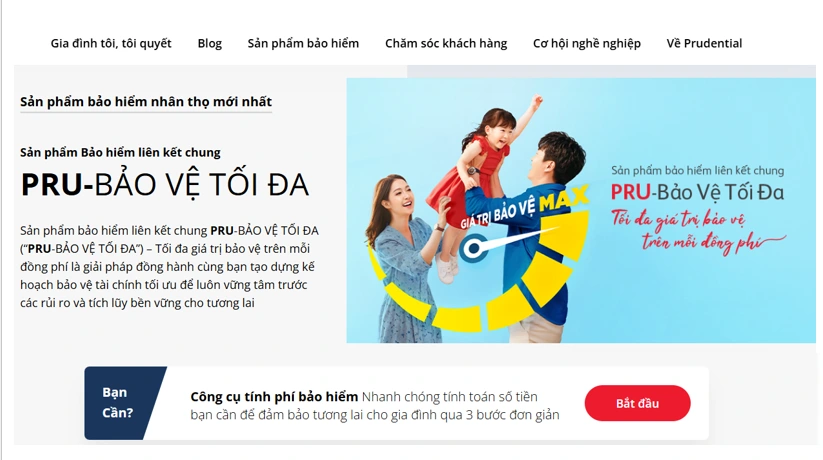
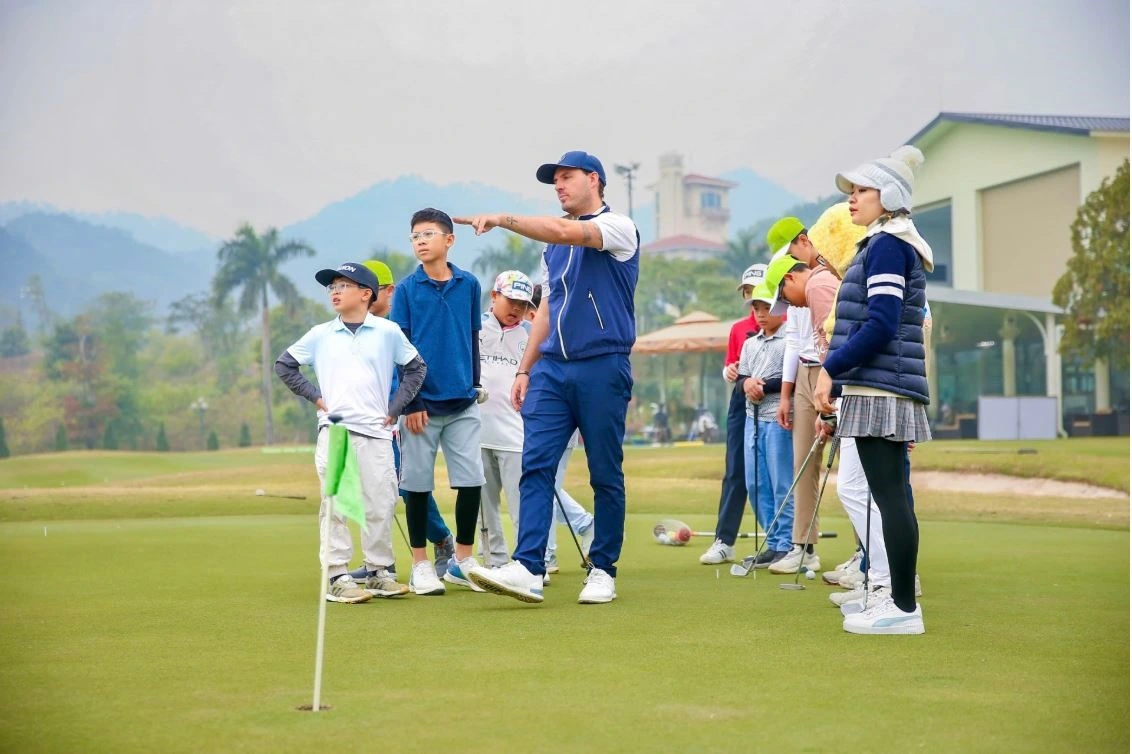
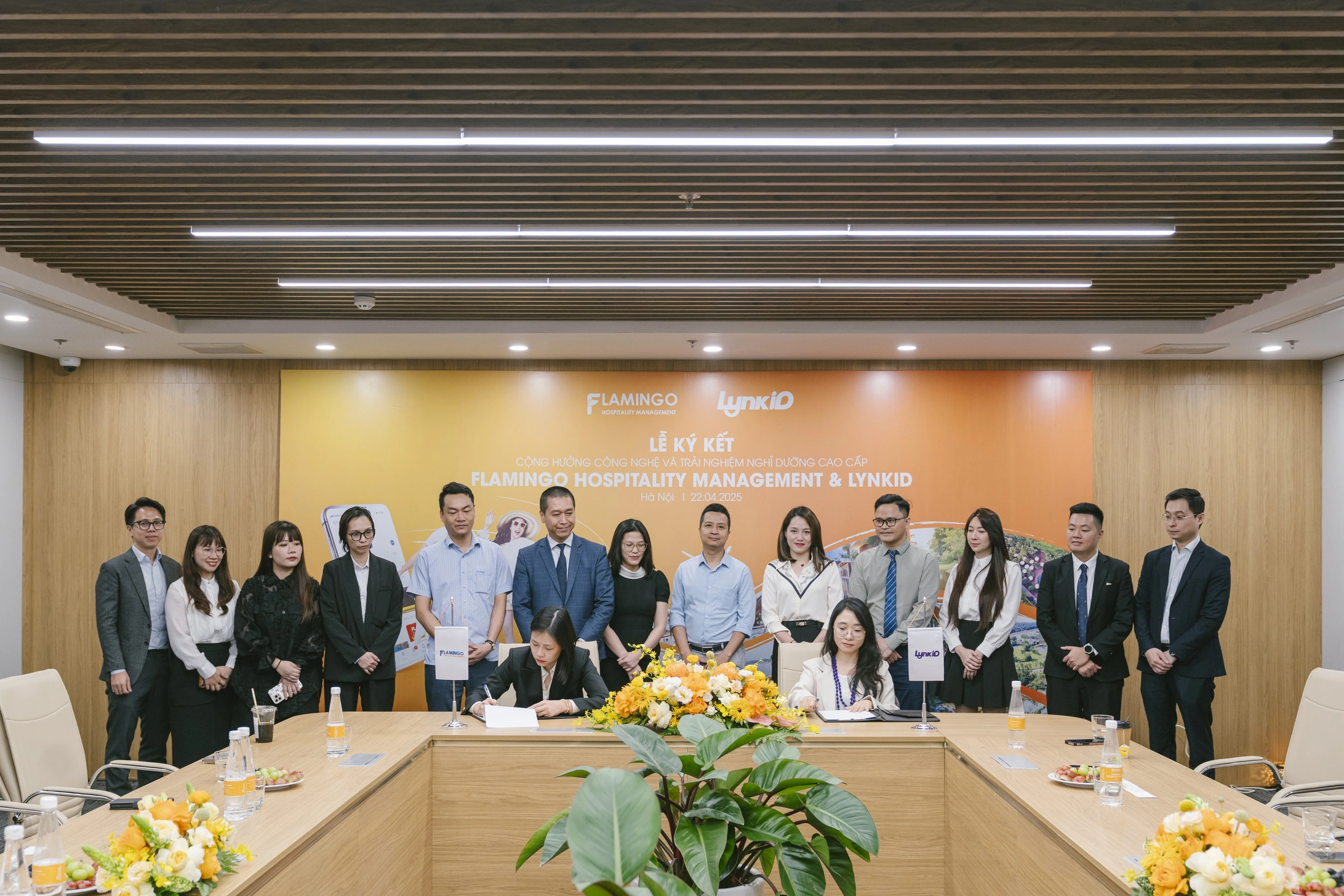
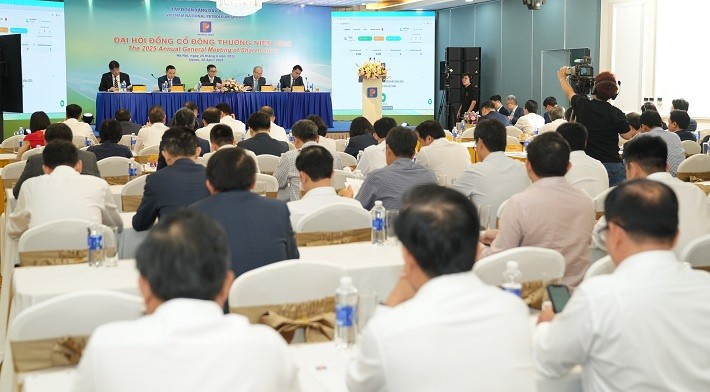

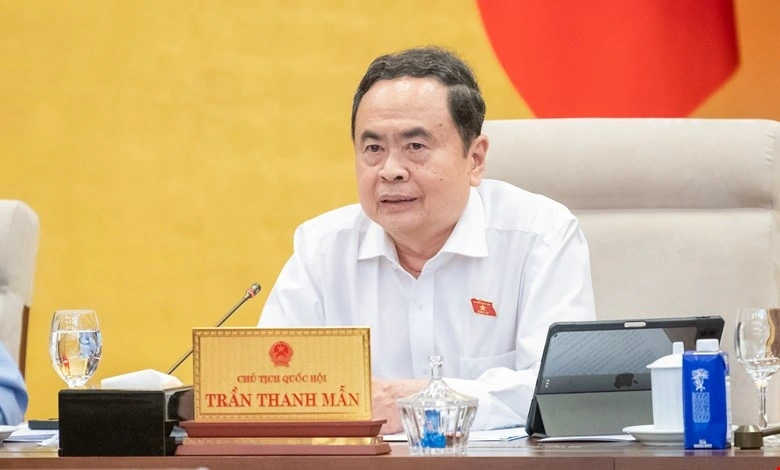

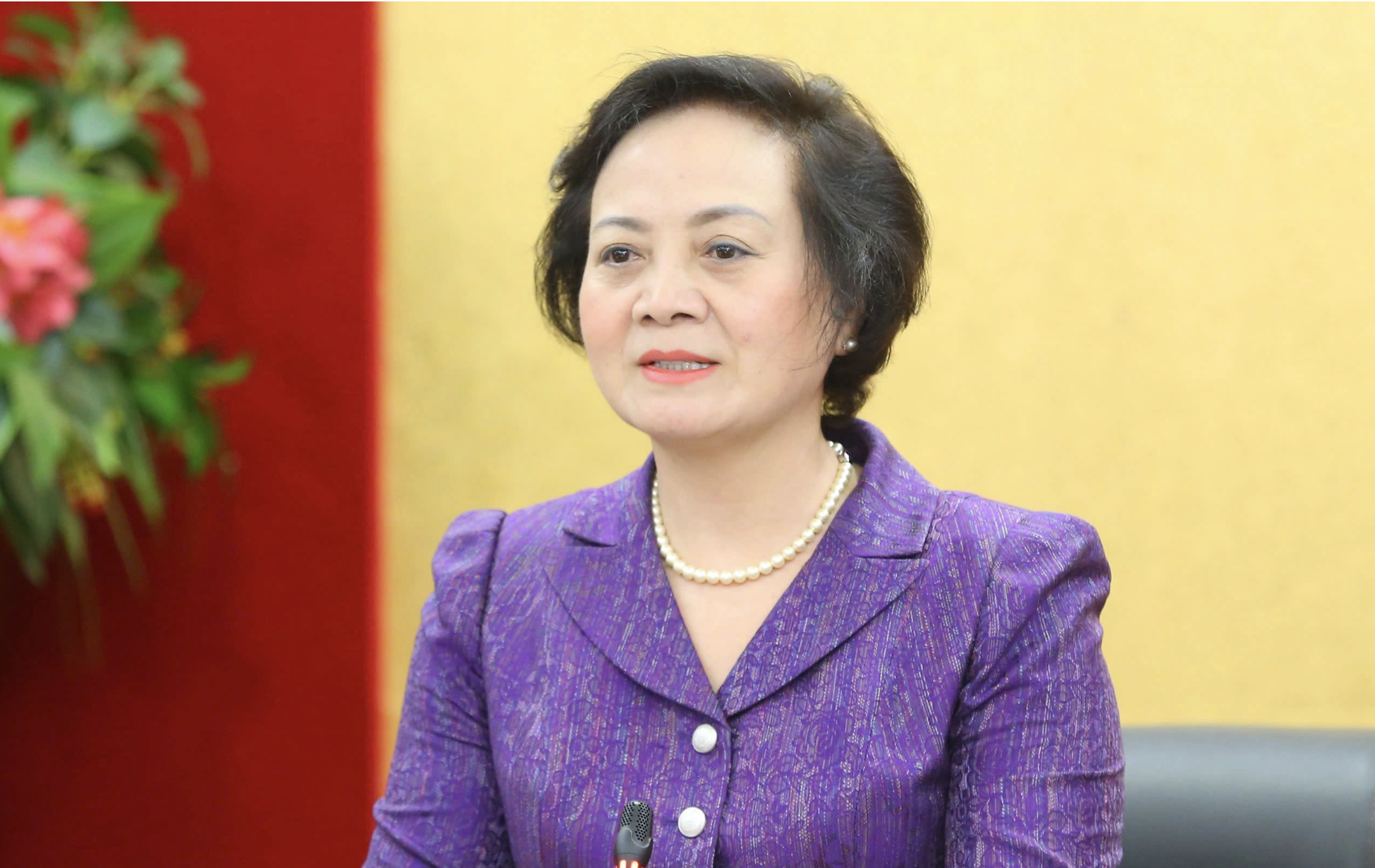
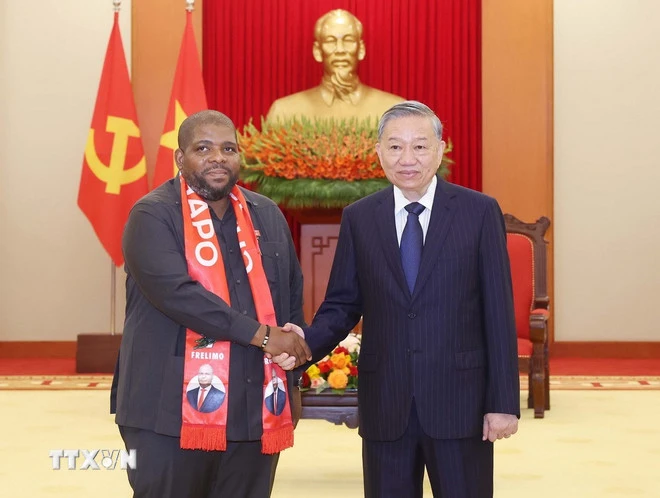

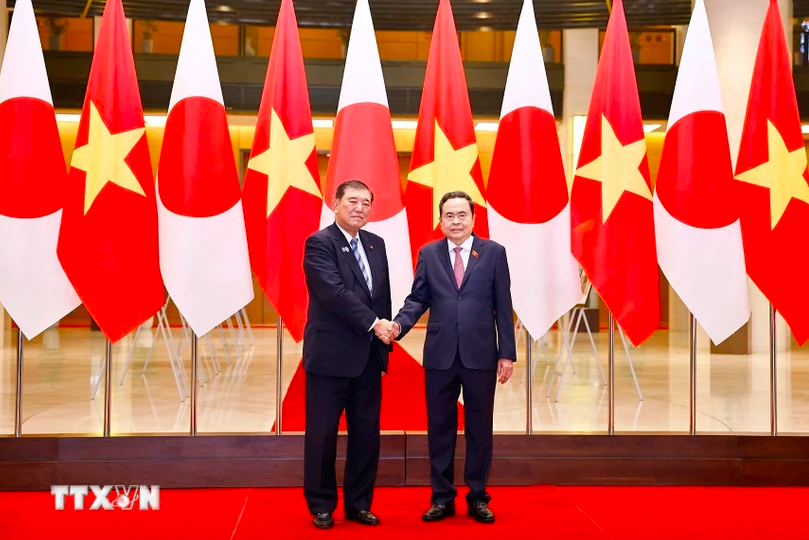
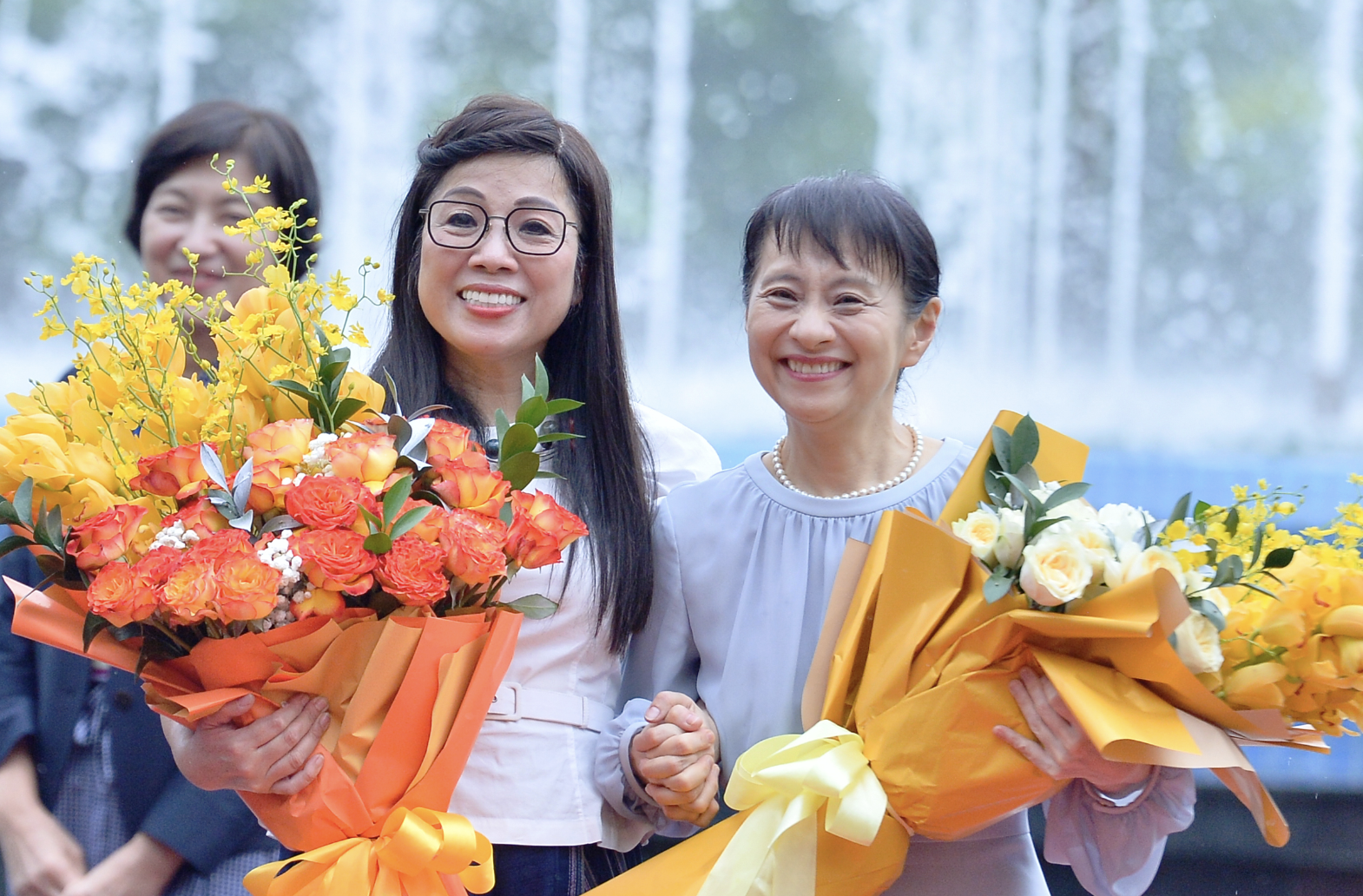
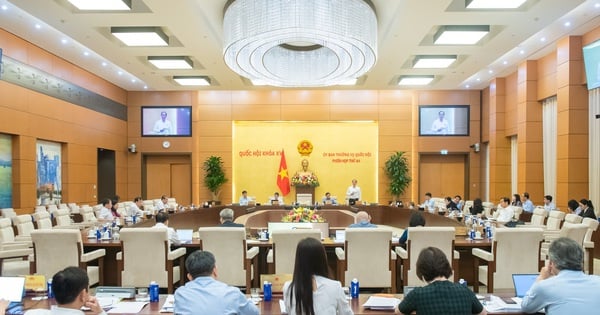

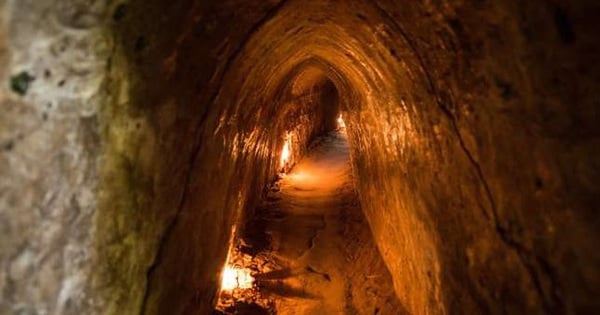
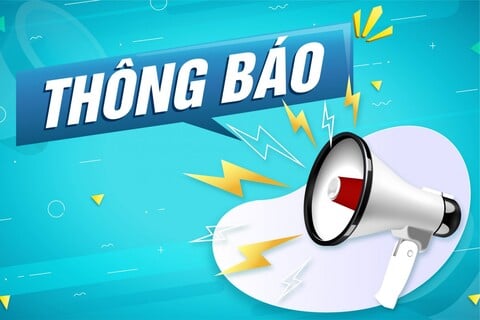

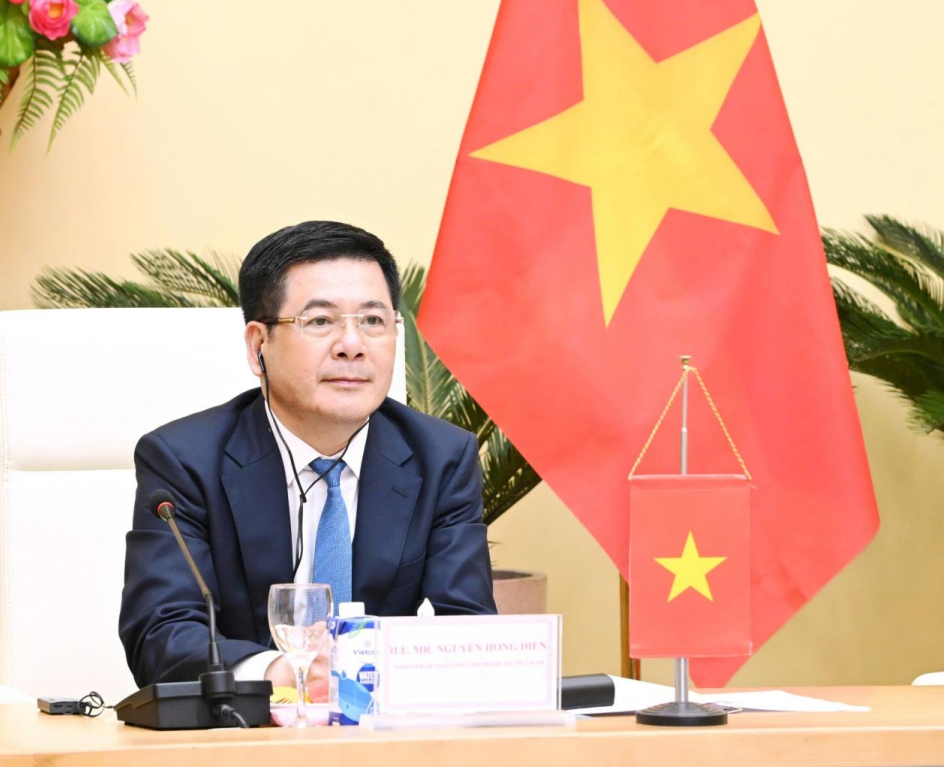
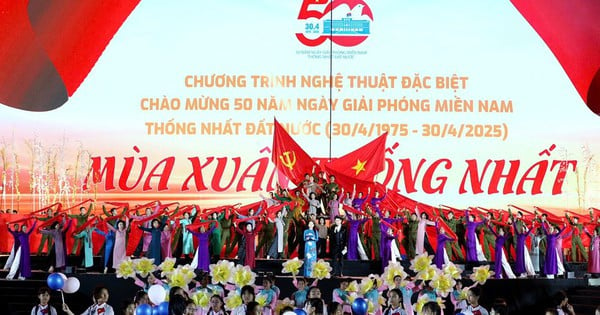
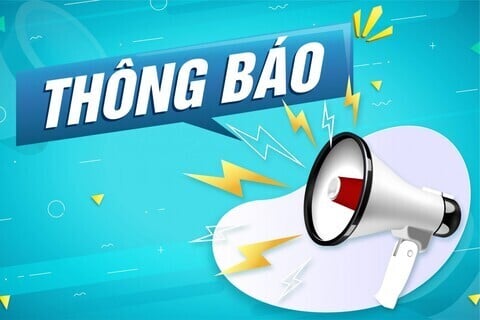
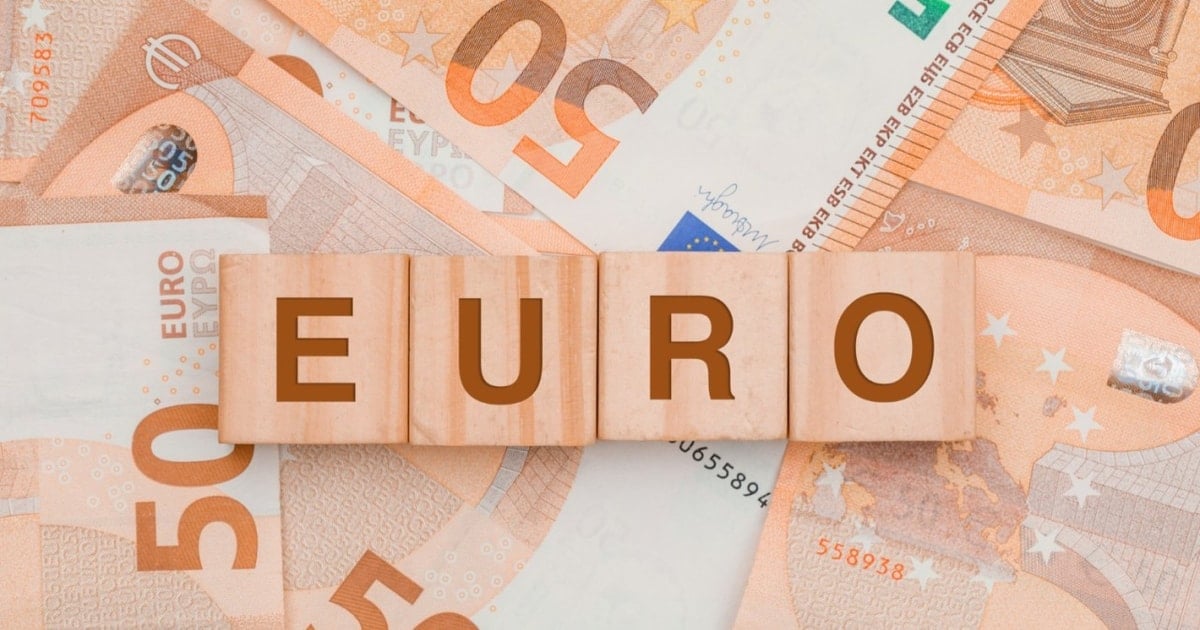

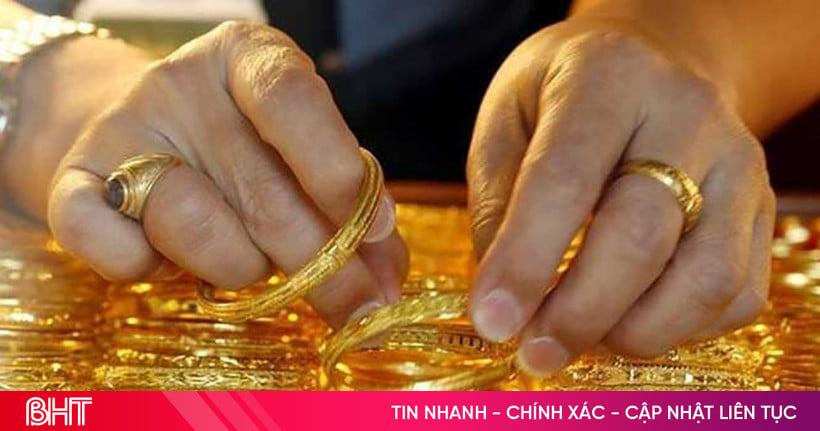

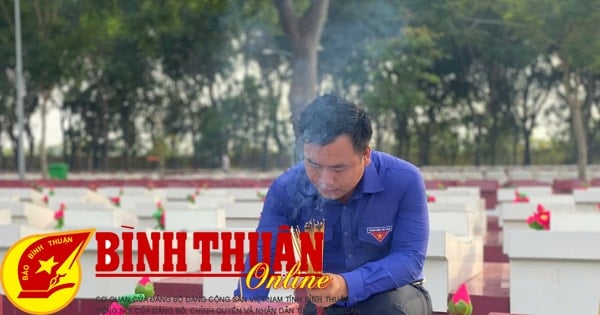

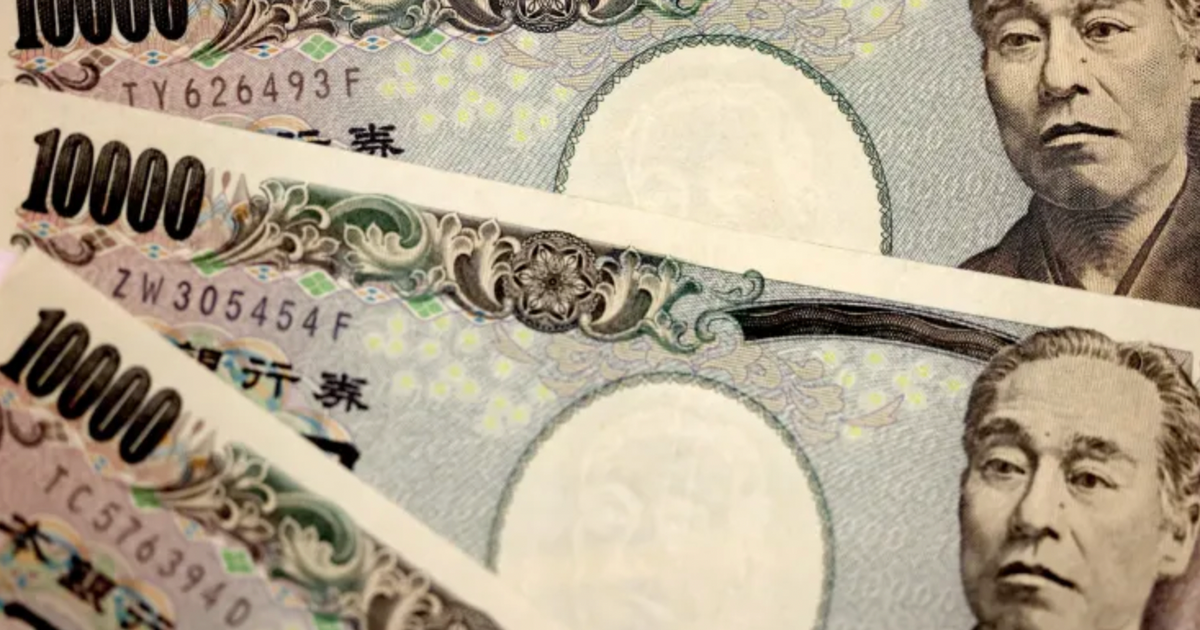
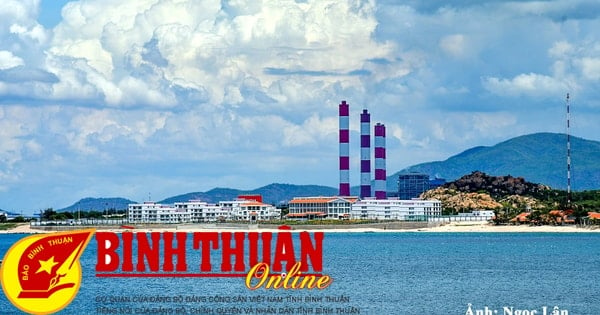
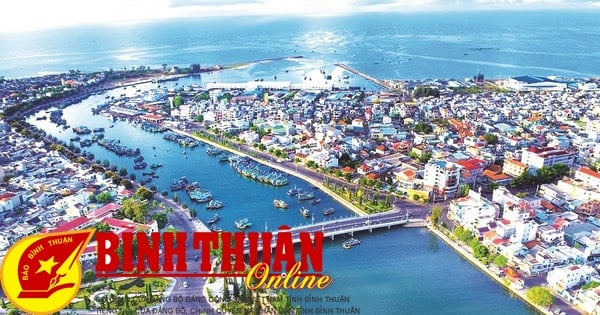
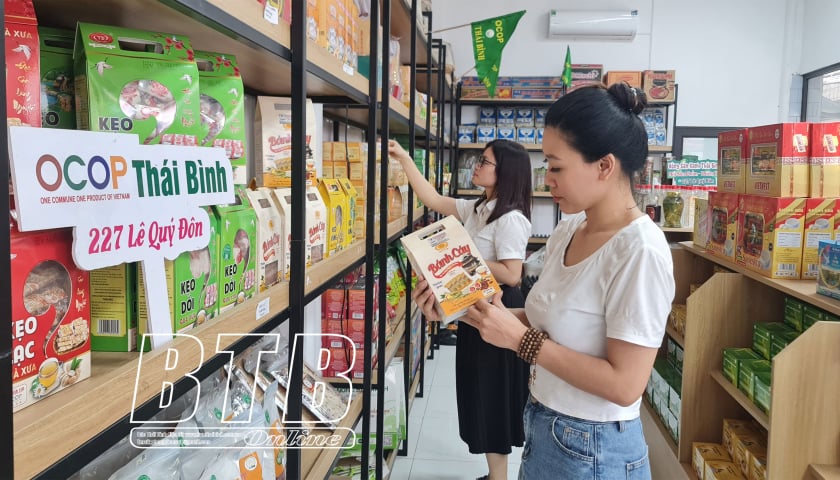

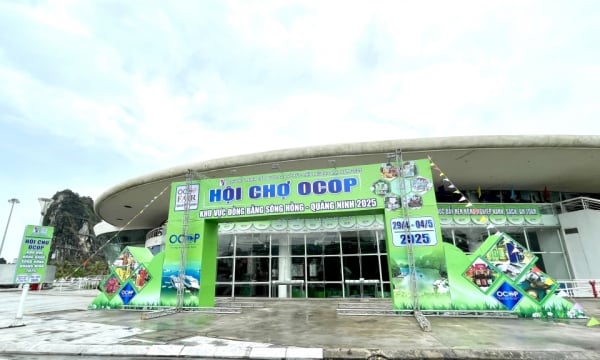
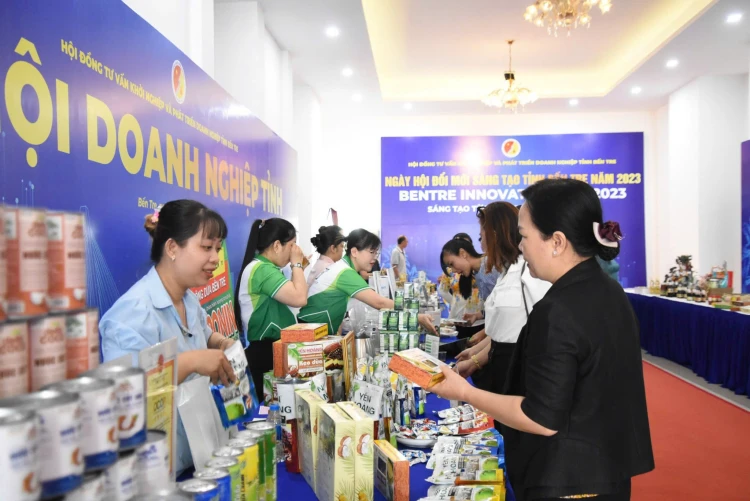

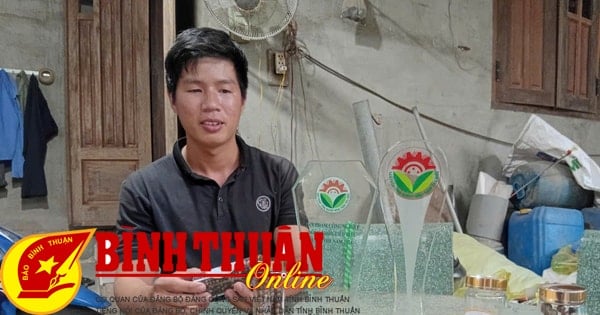
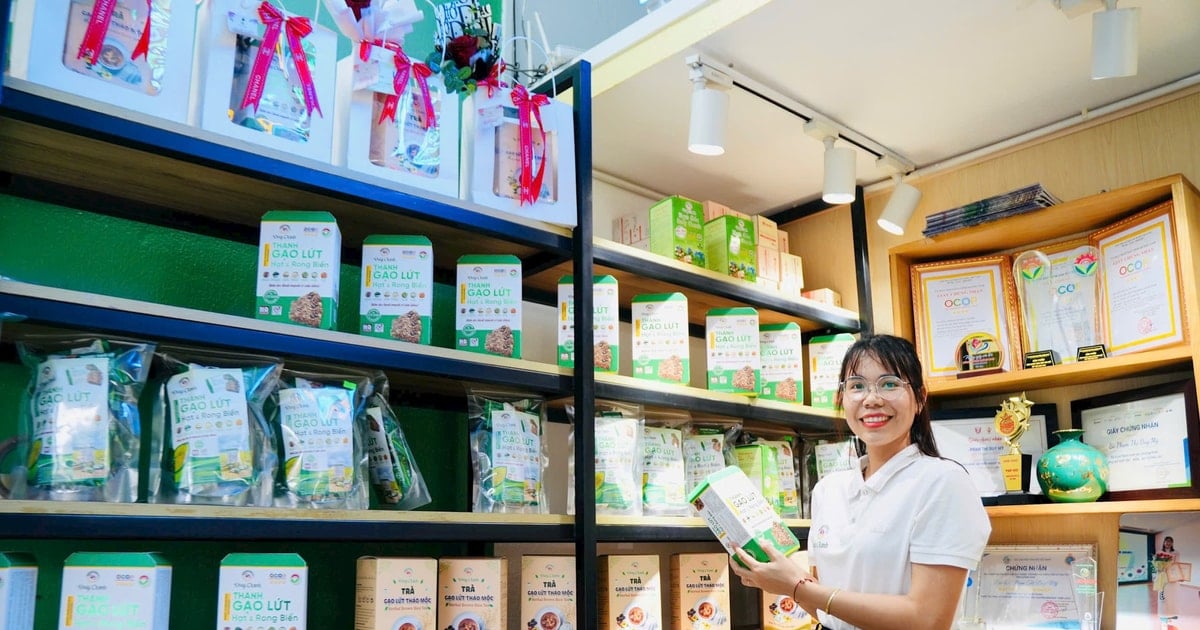

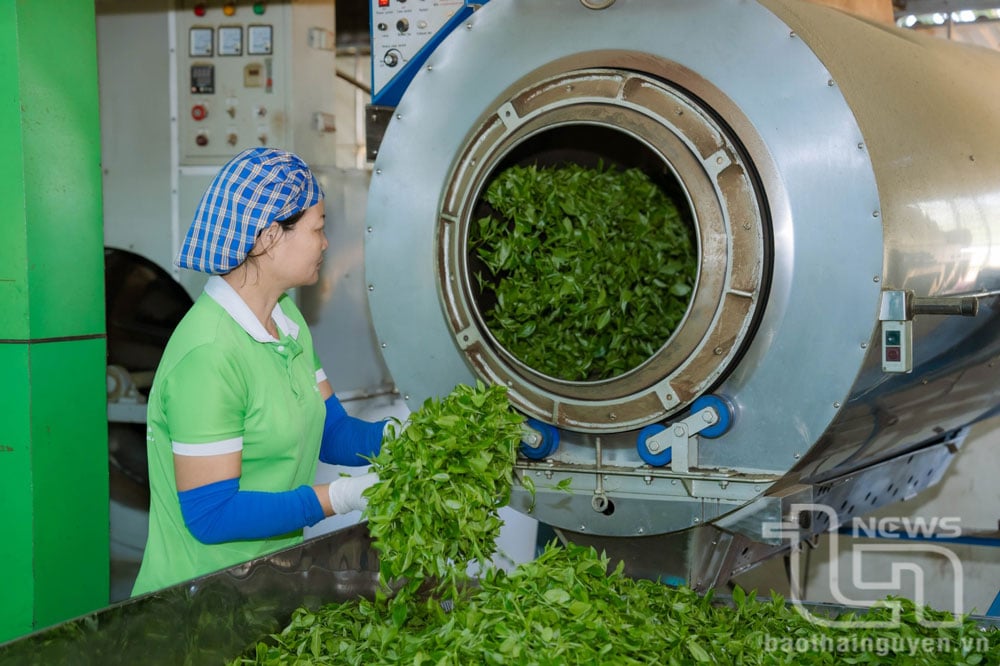

Comment (0)